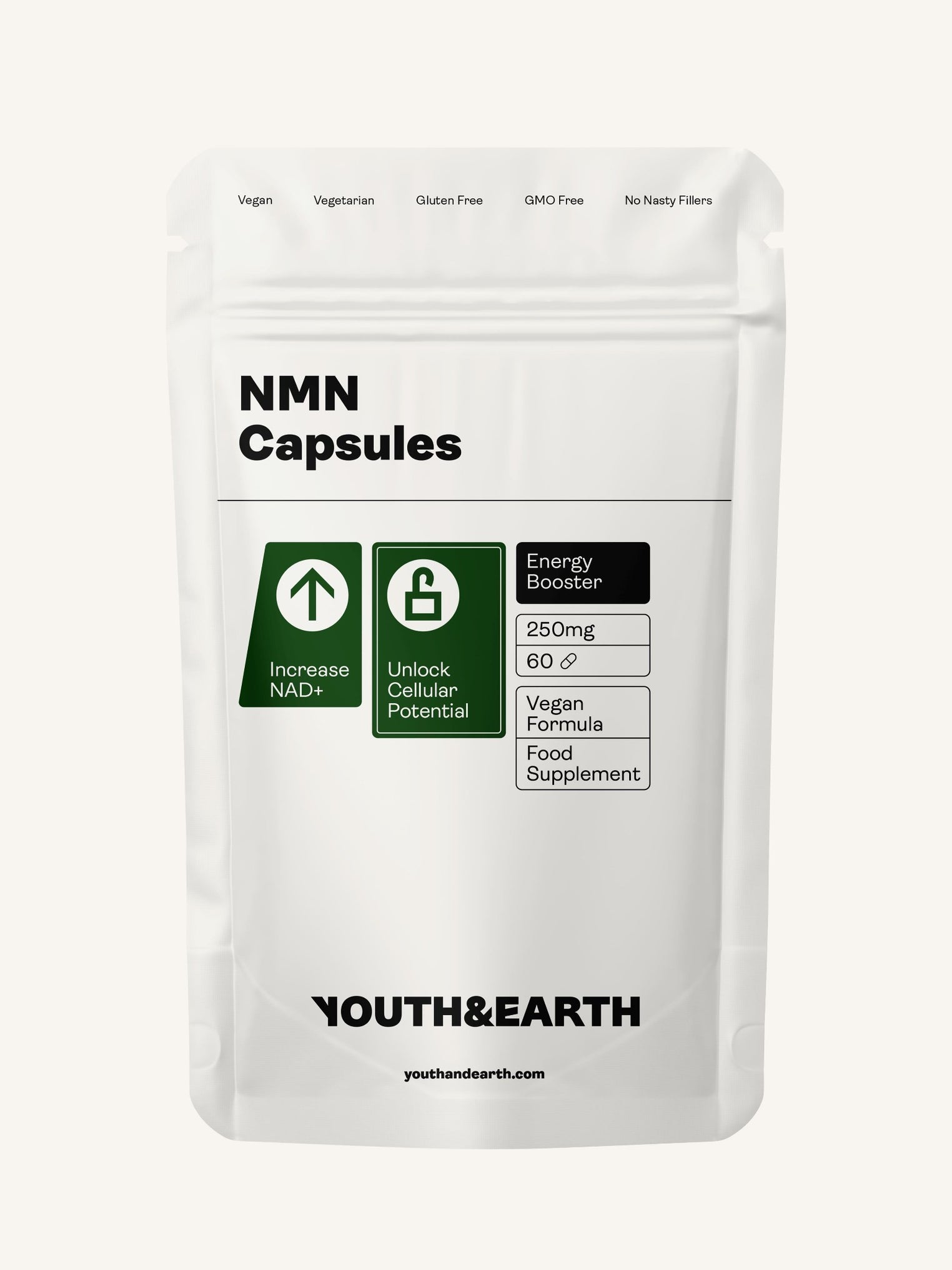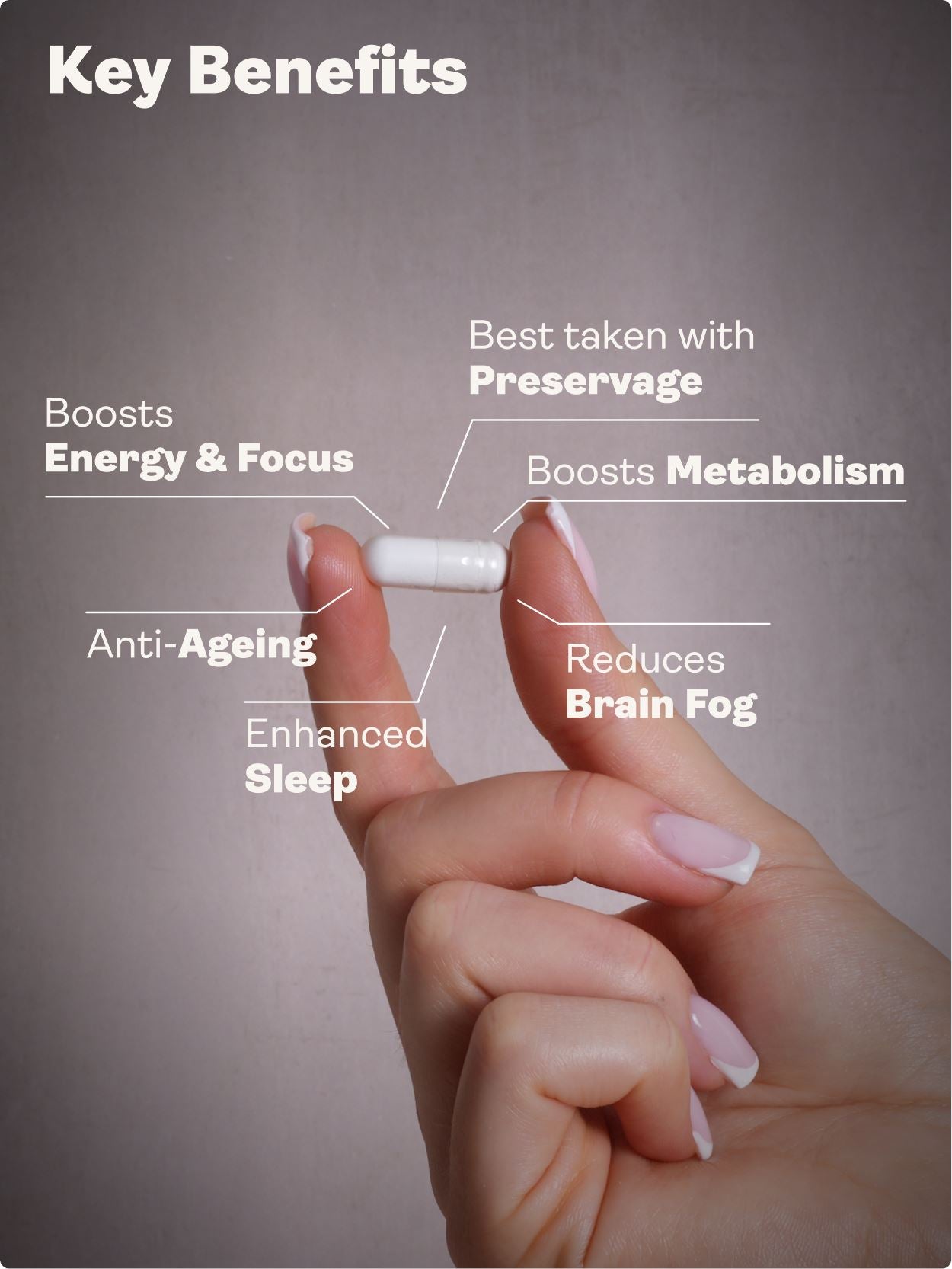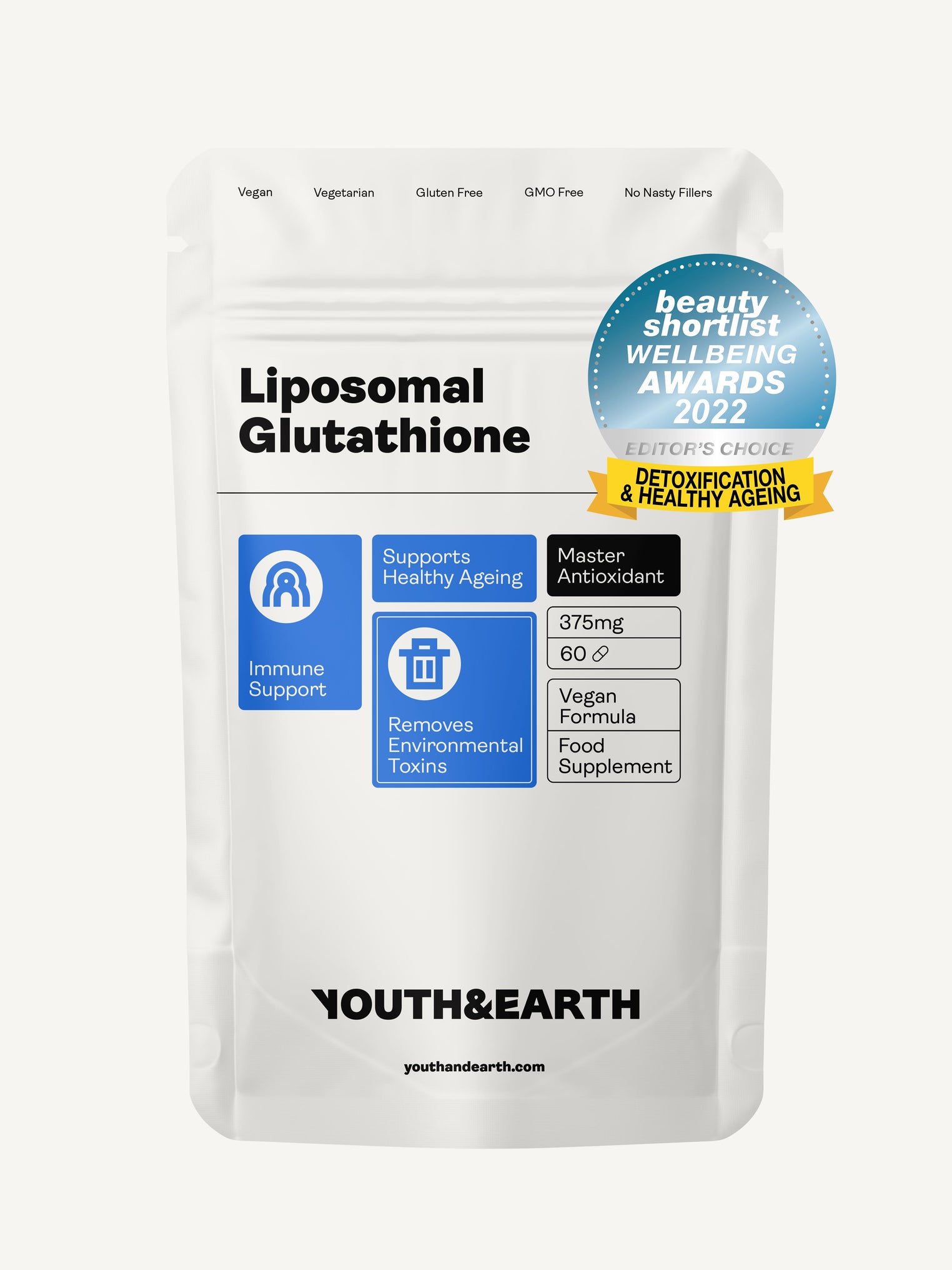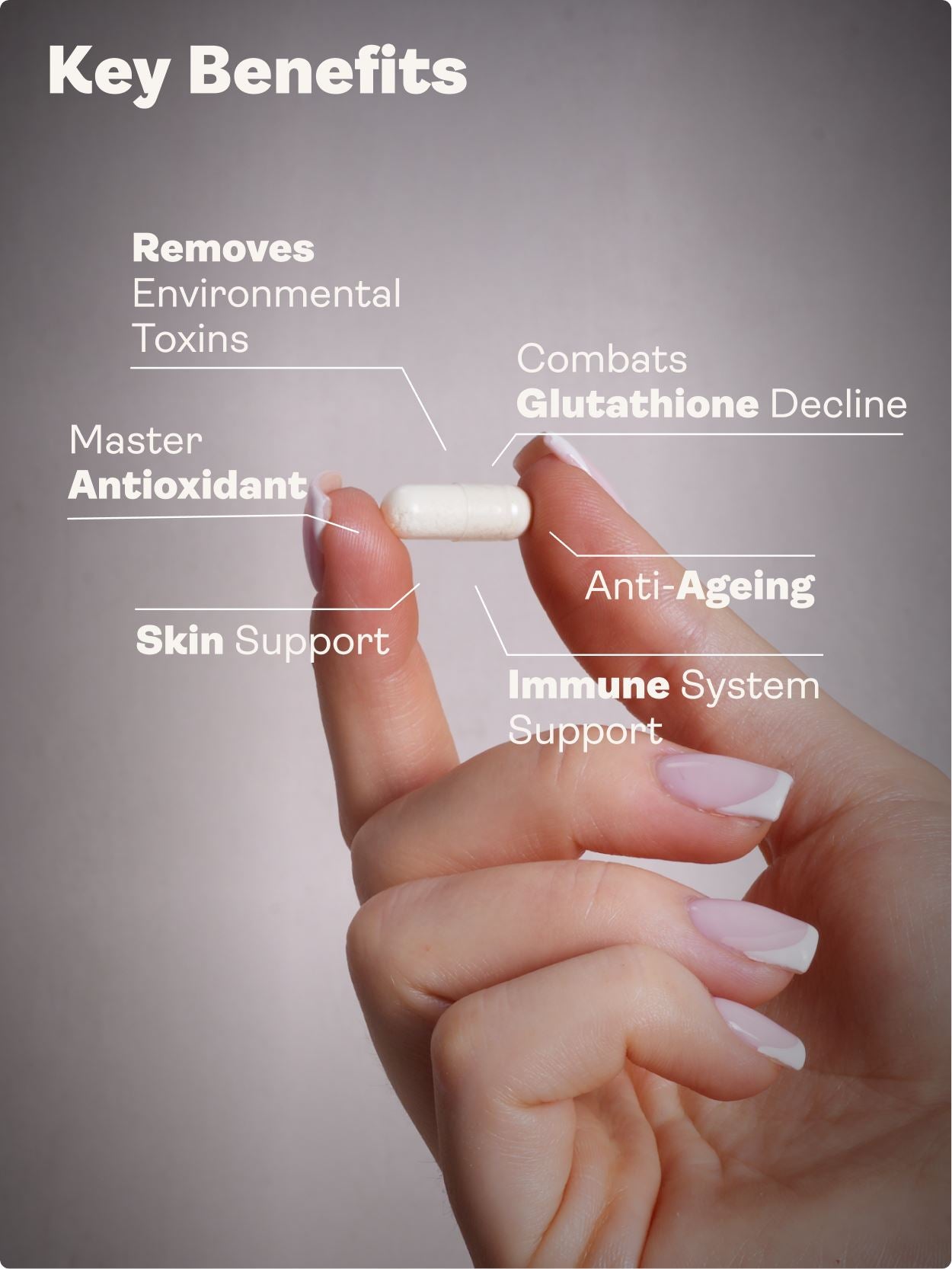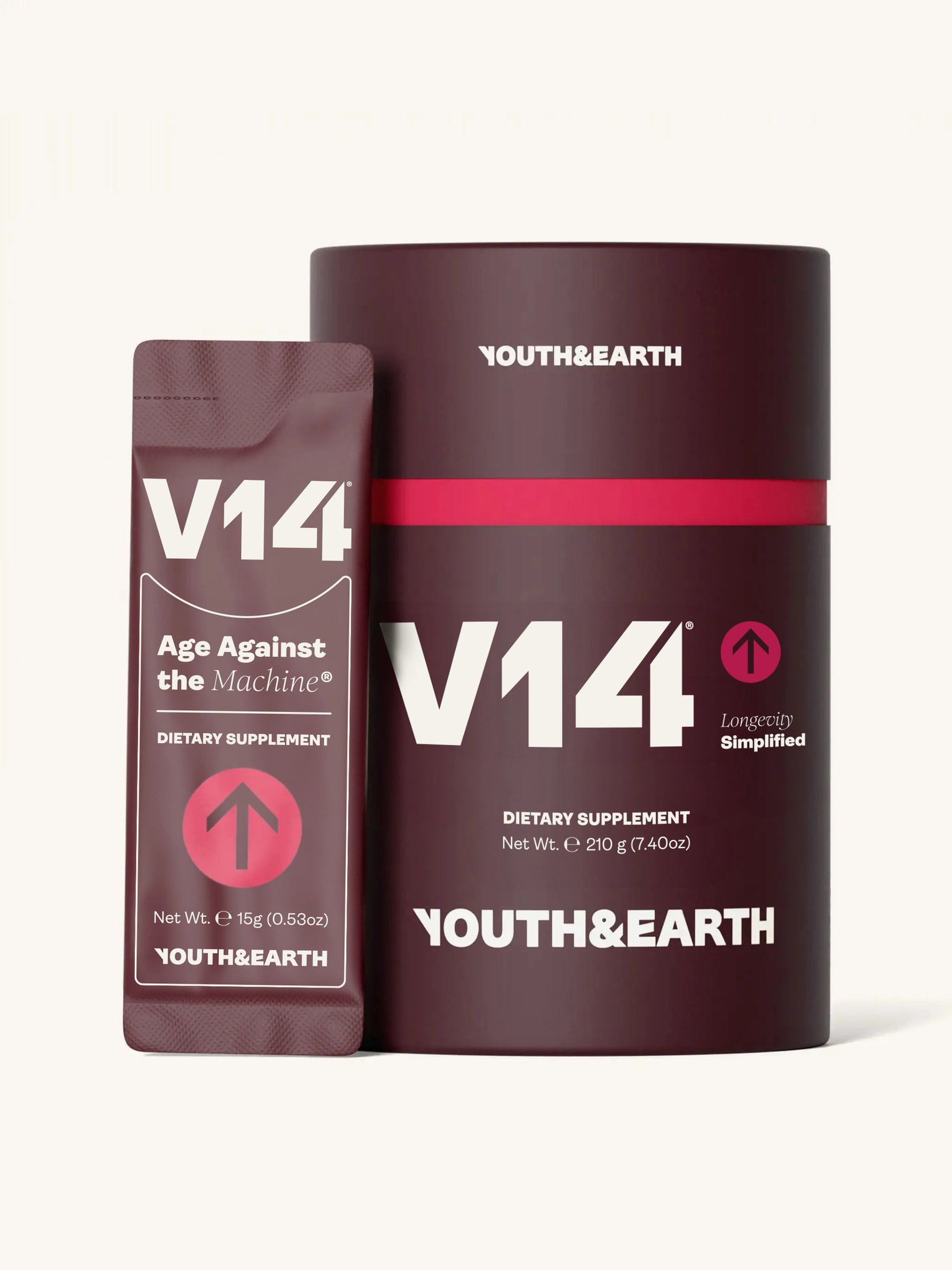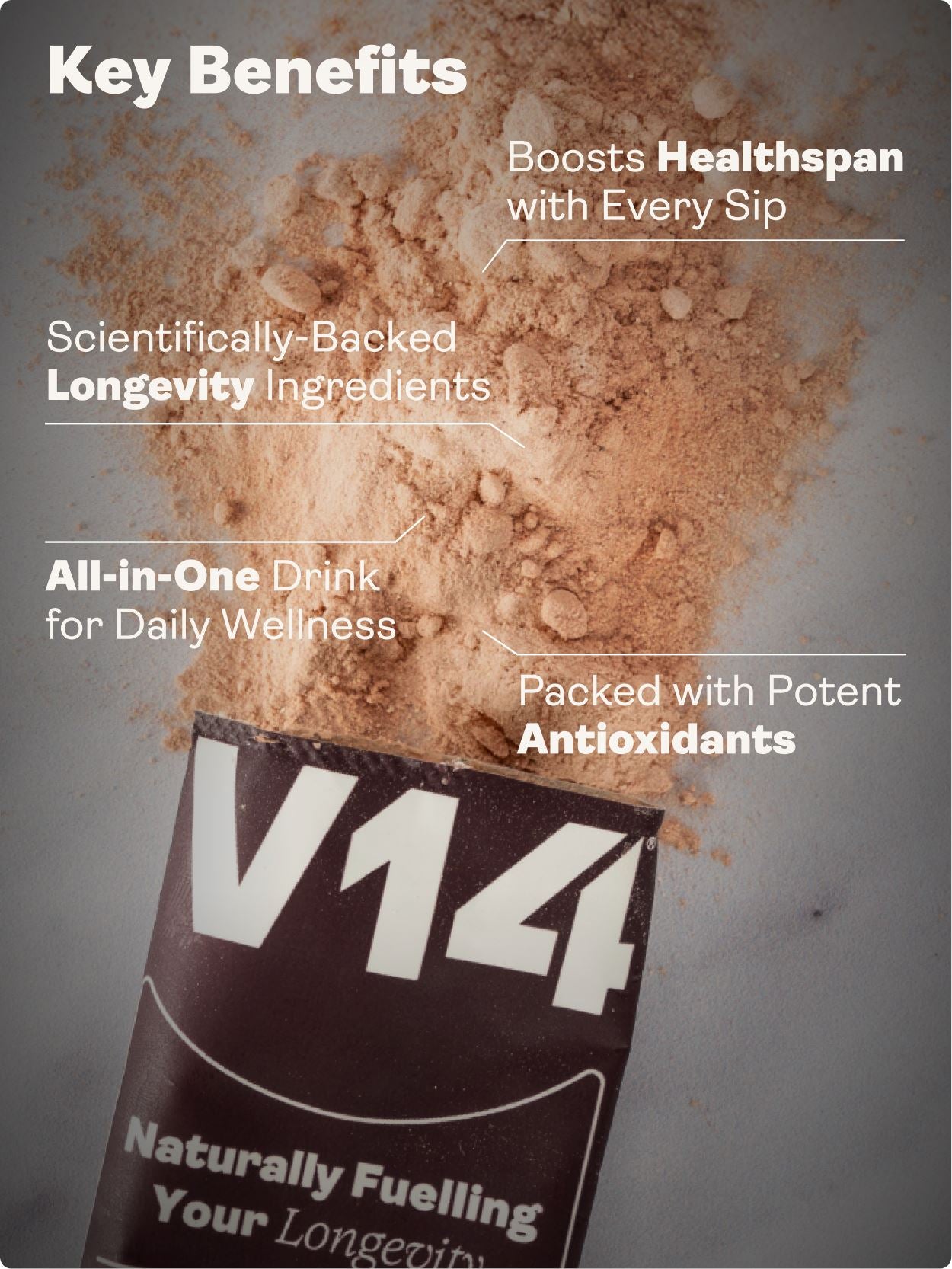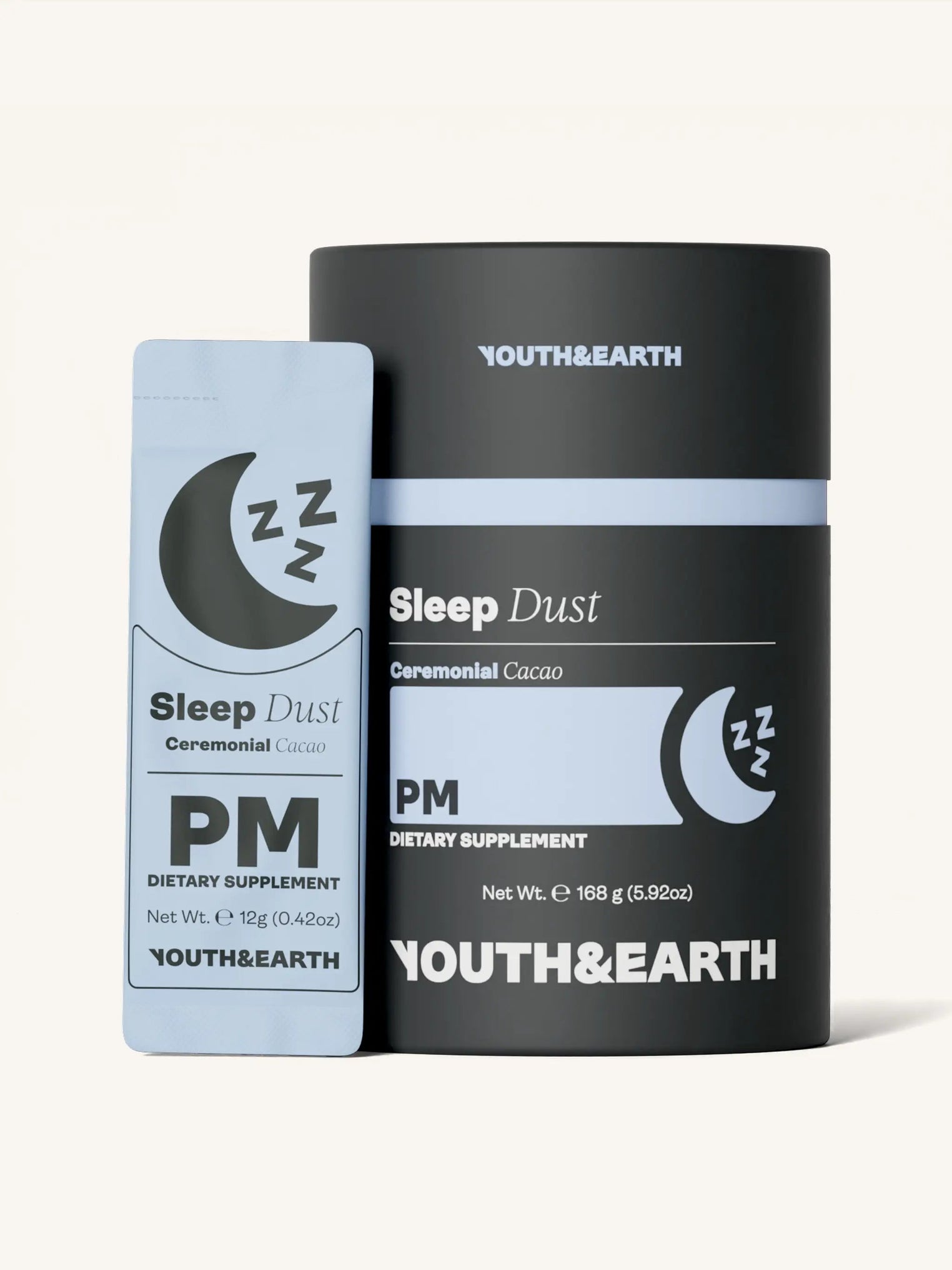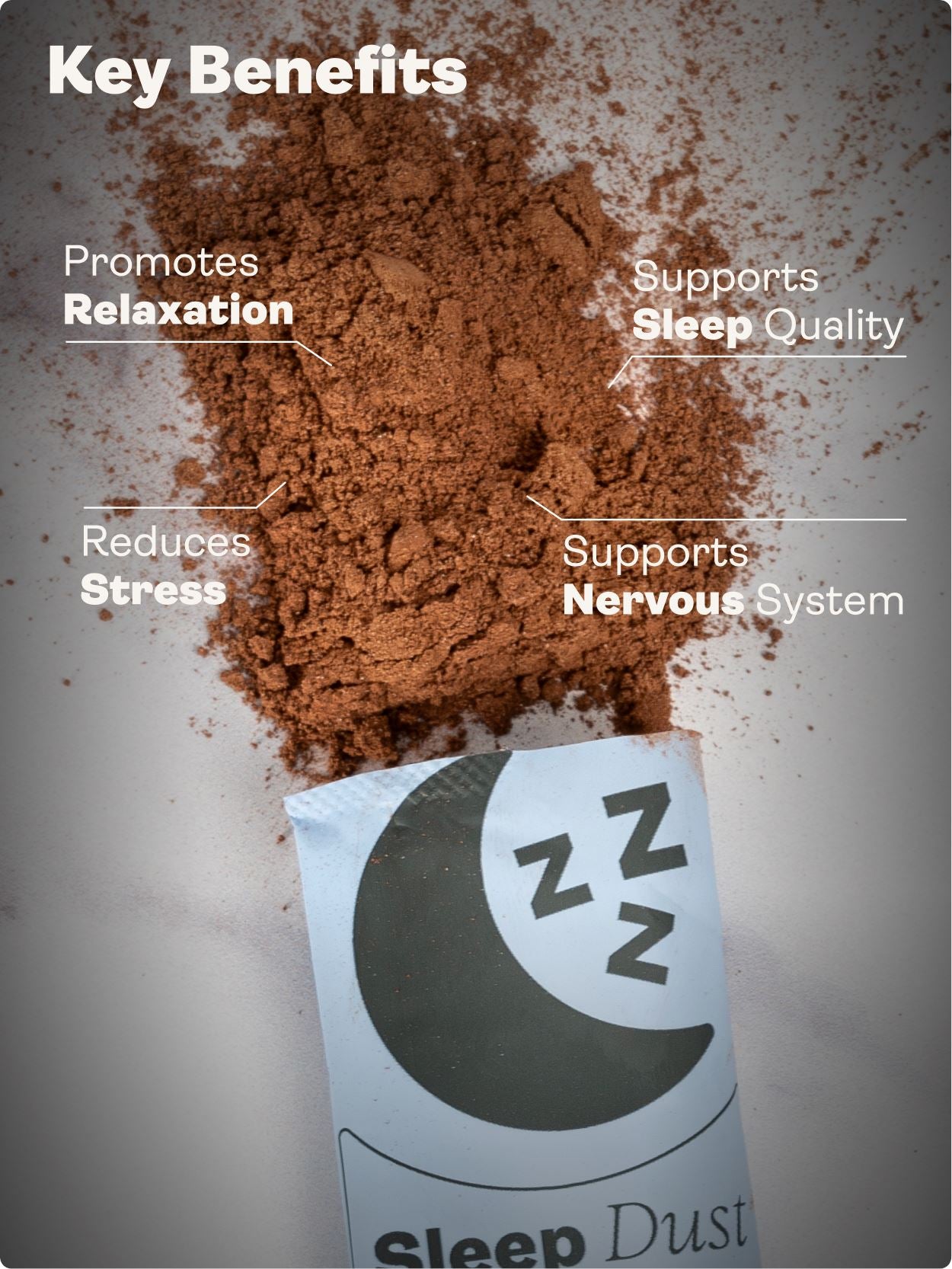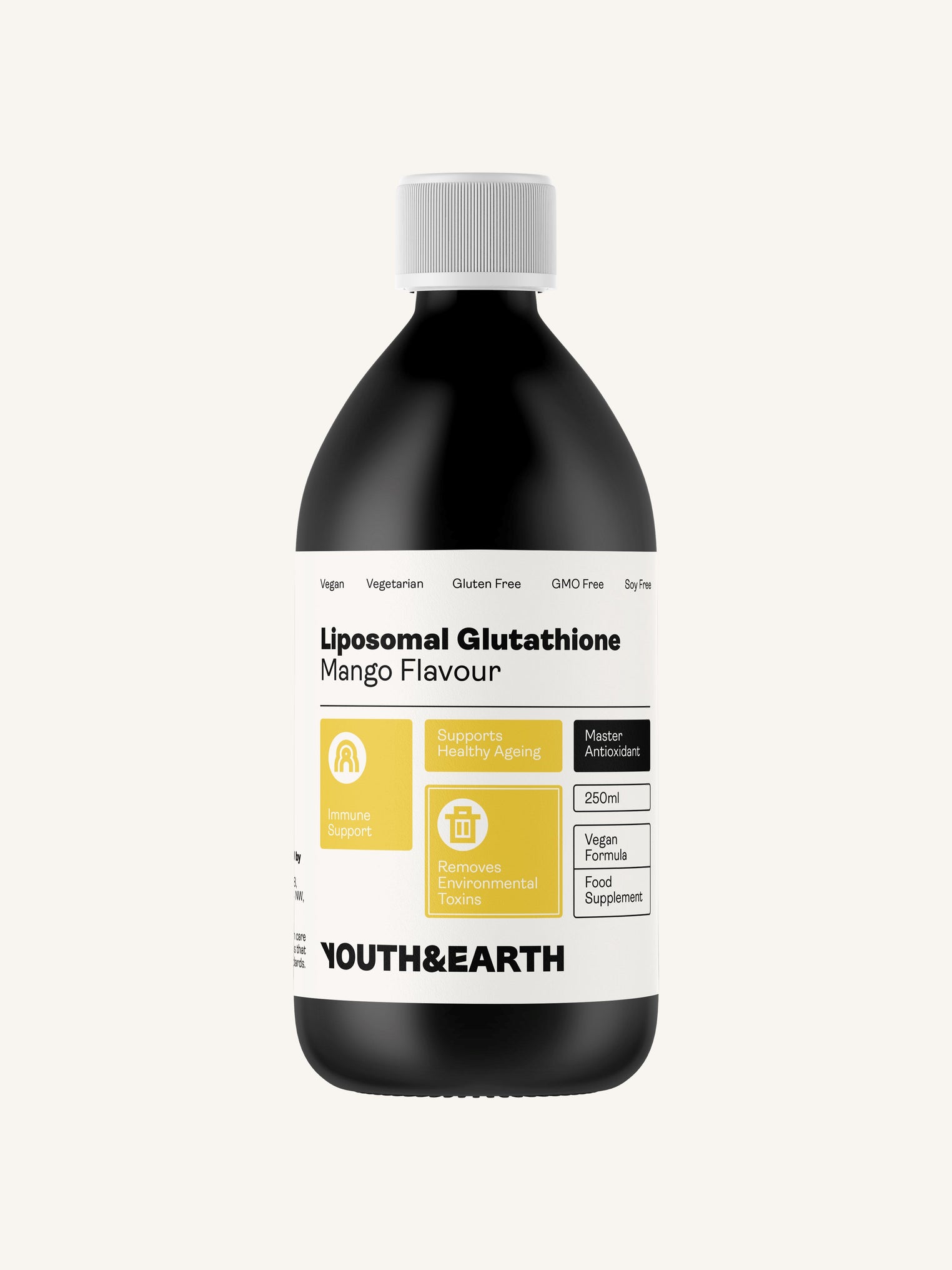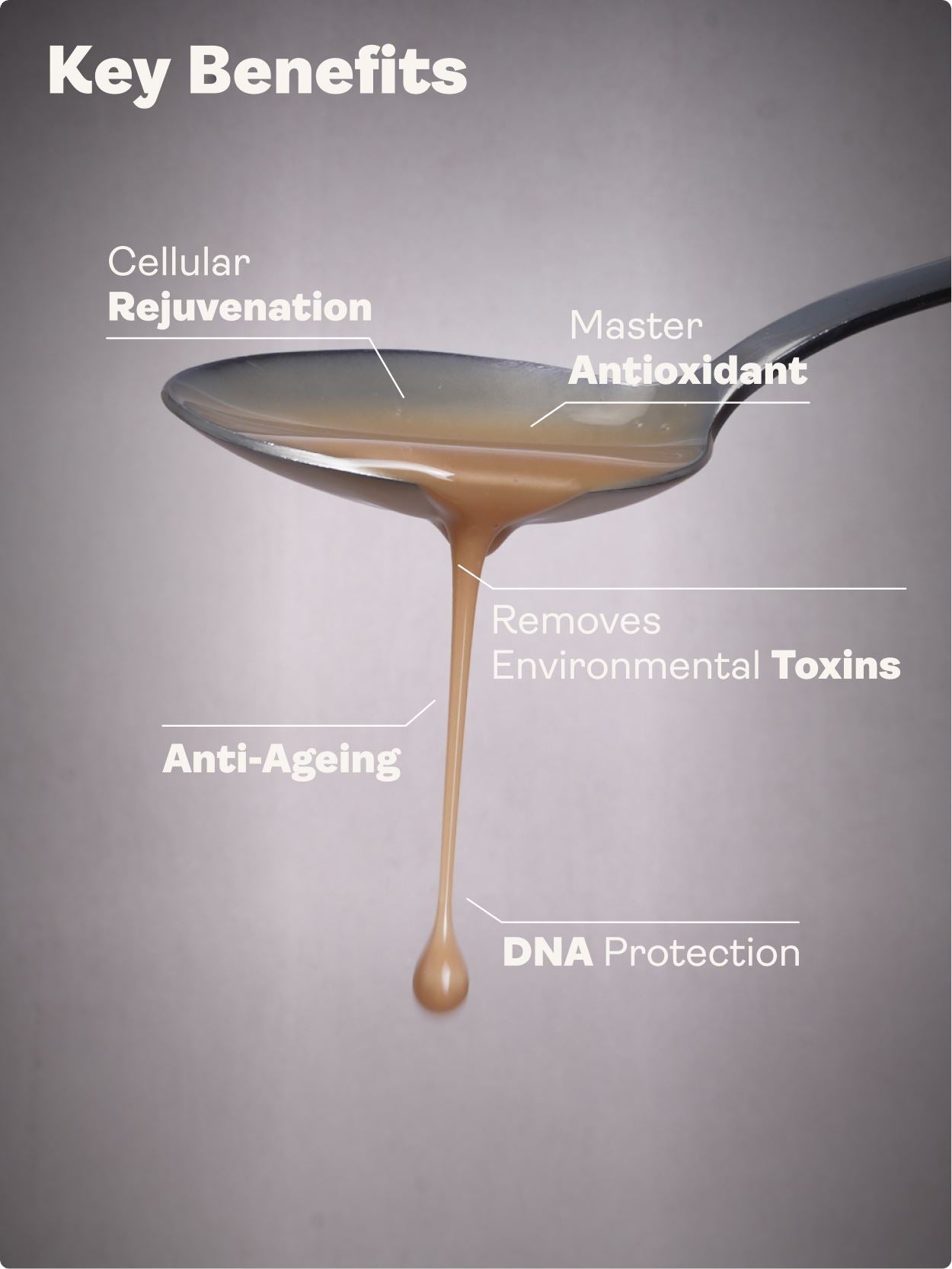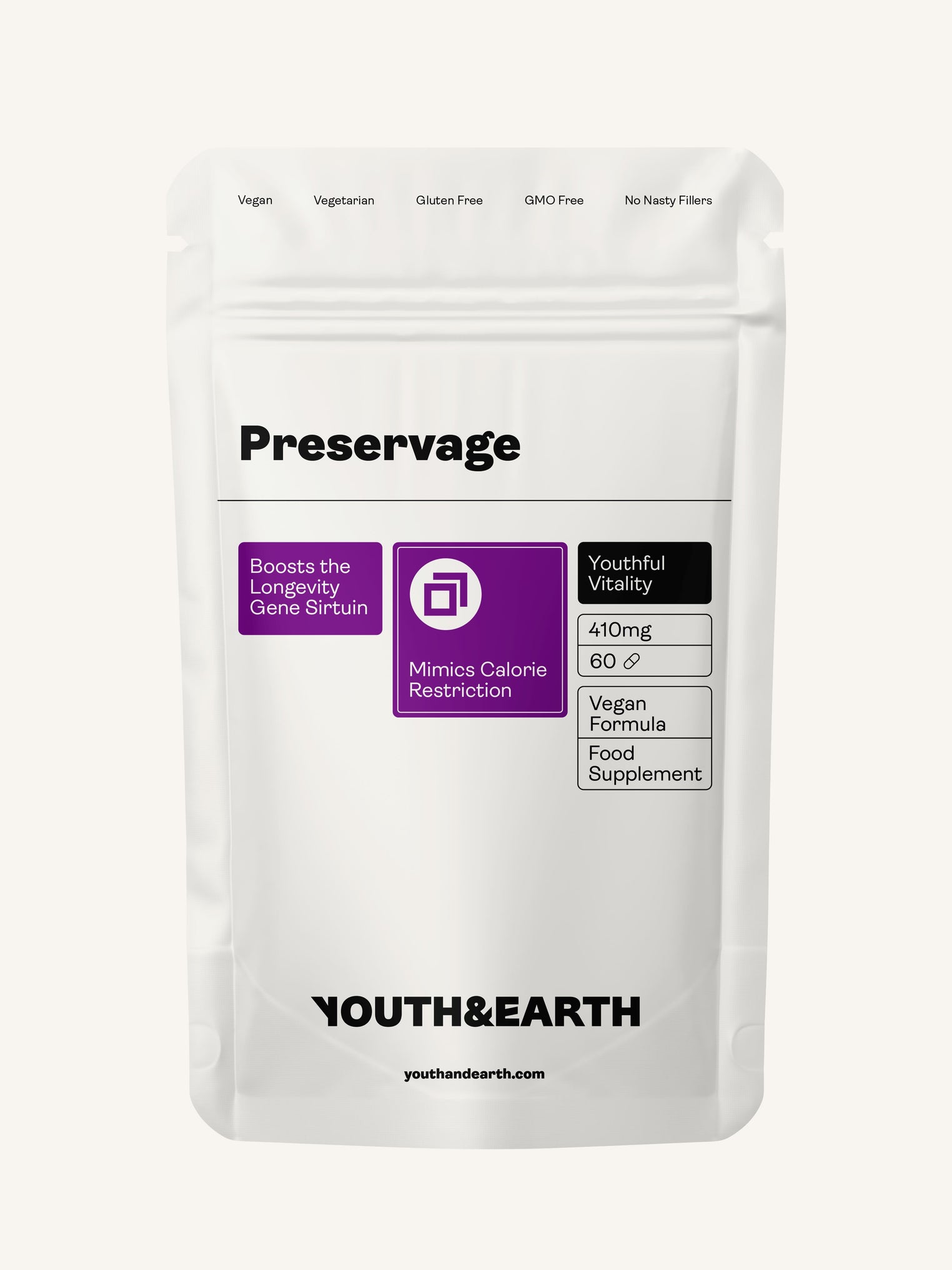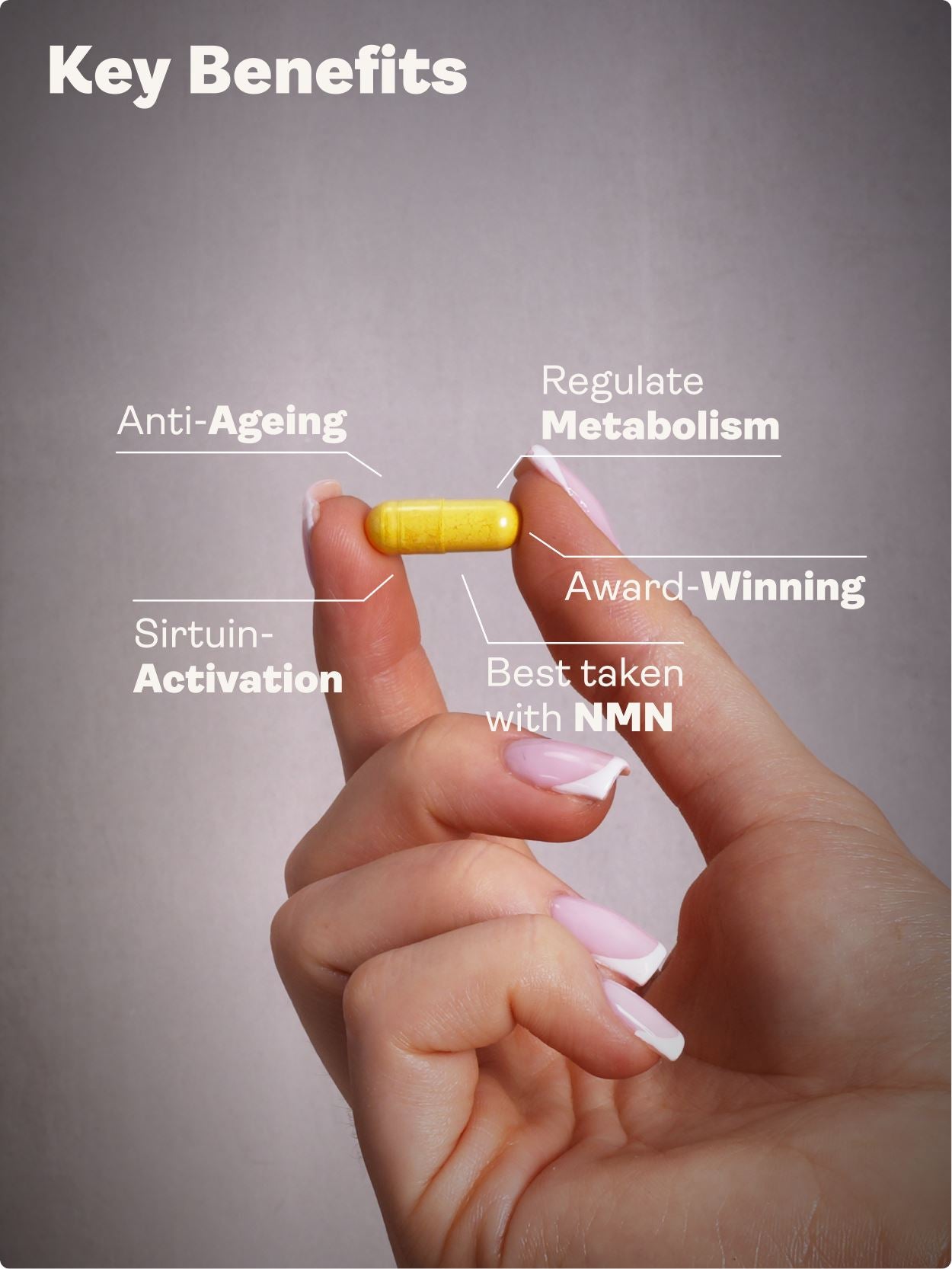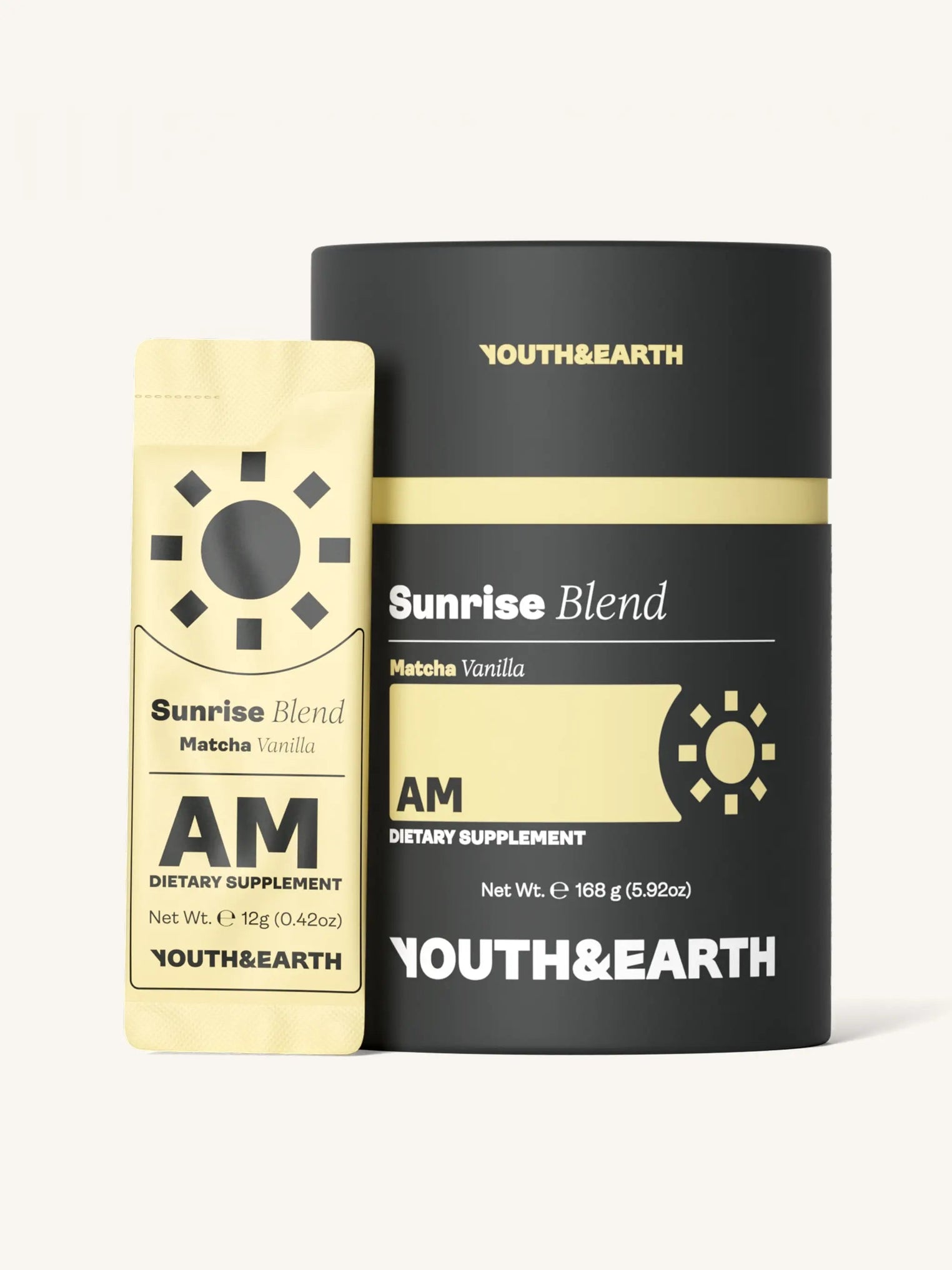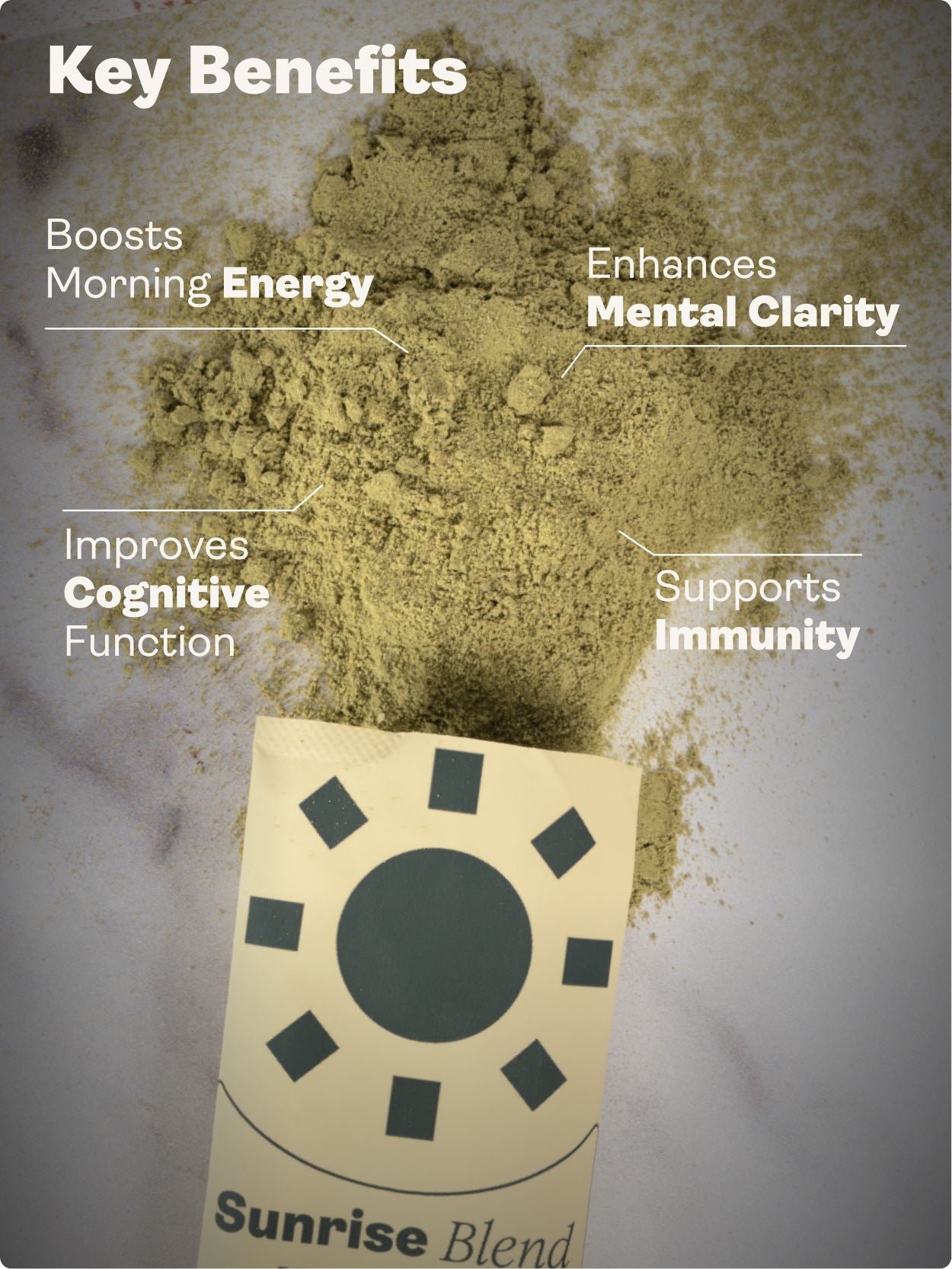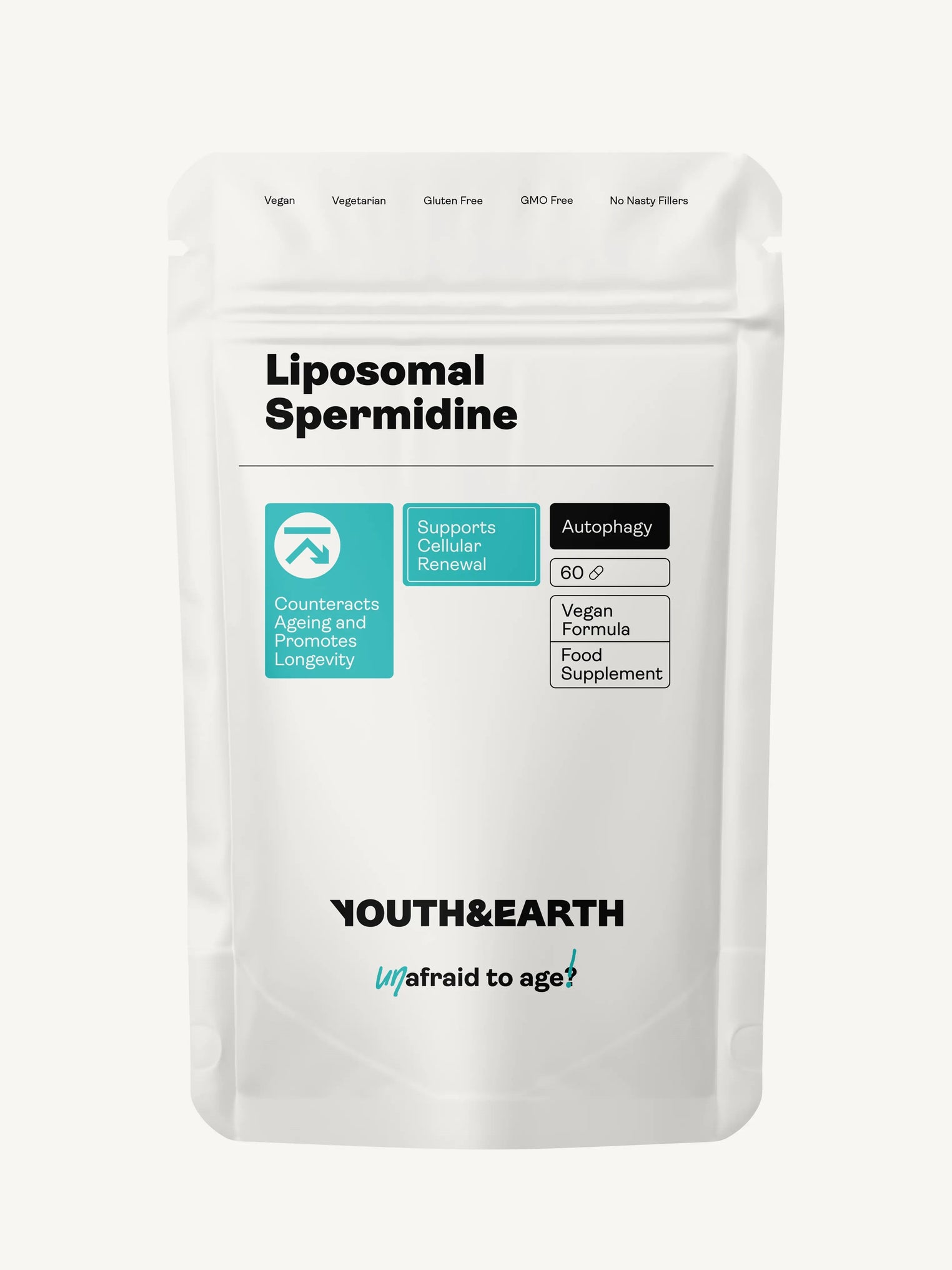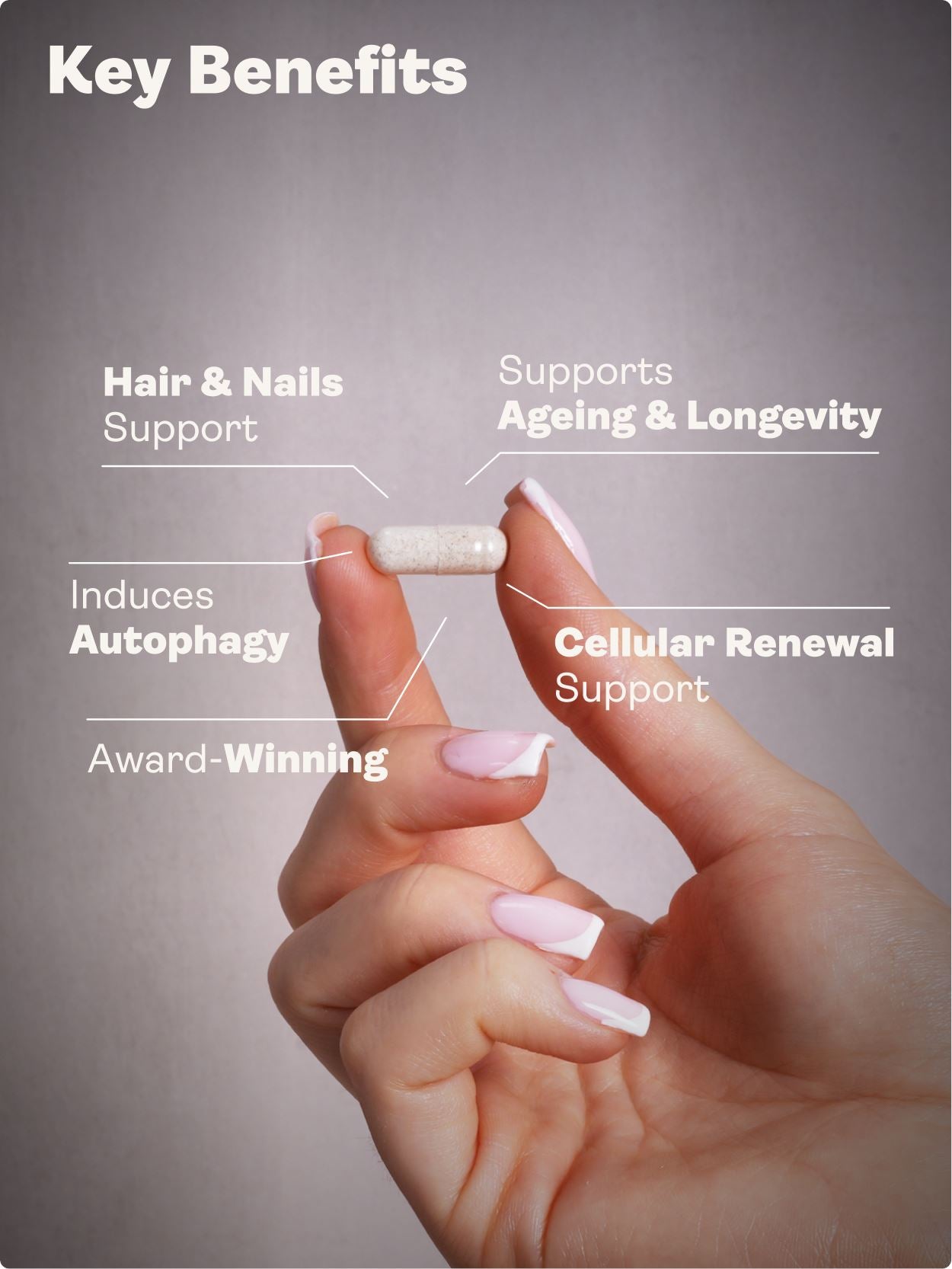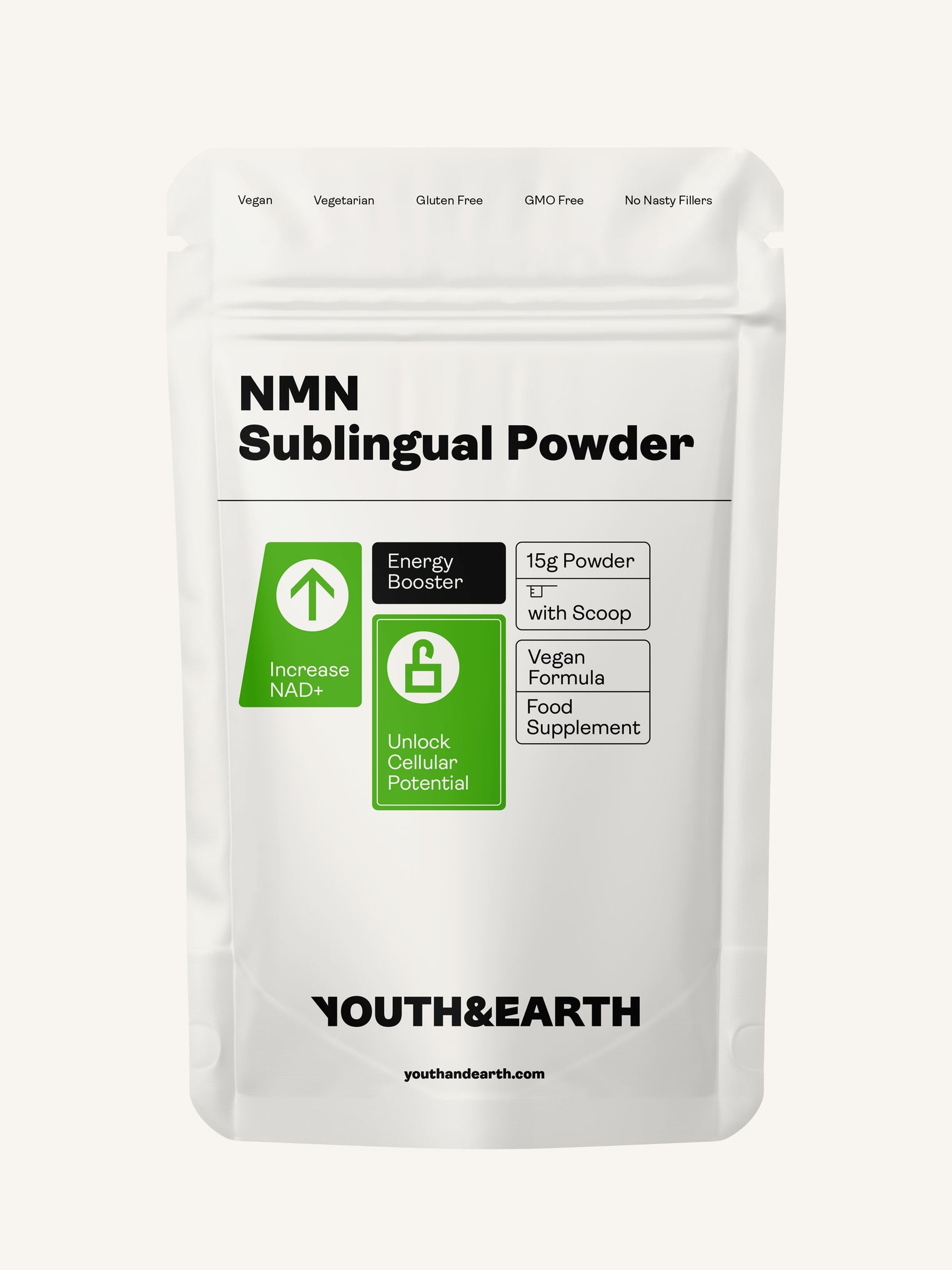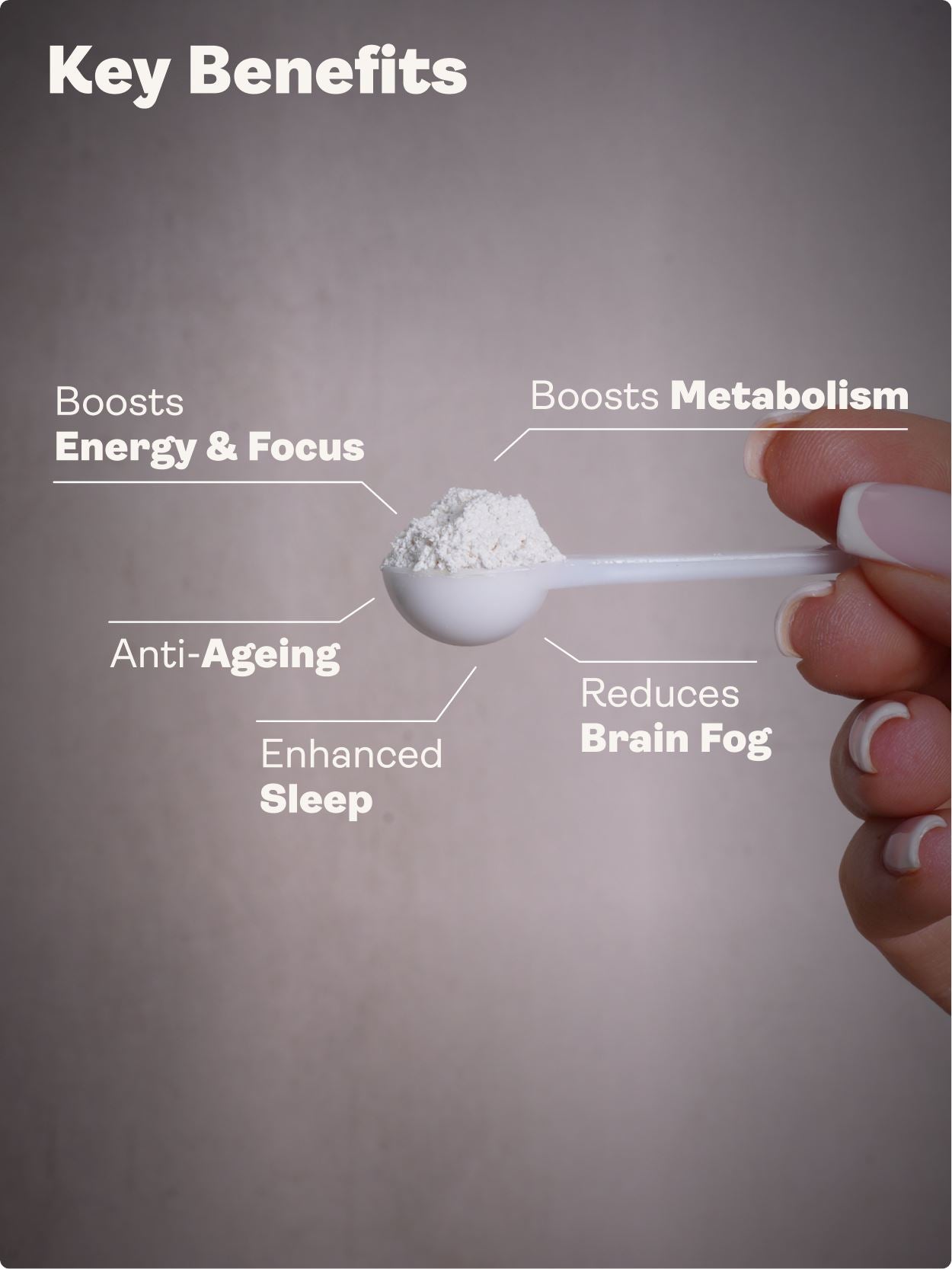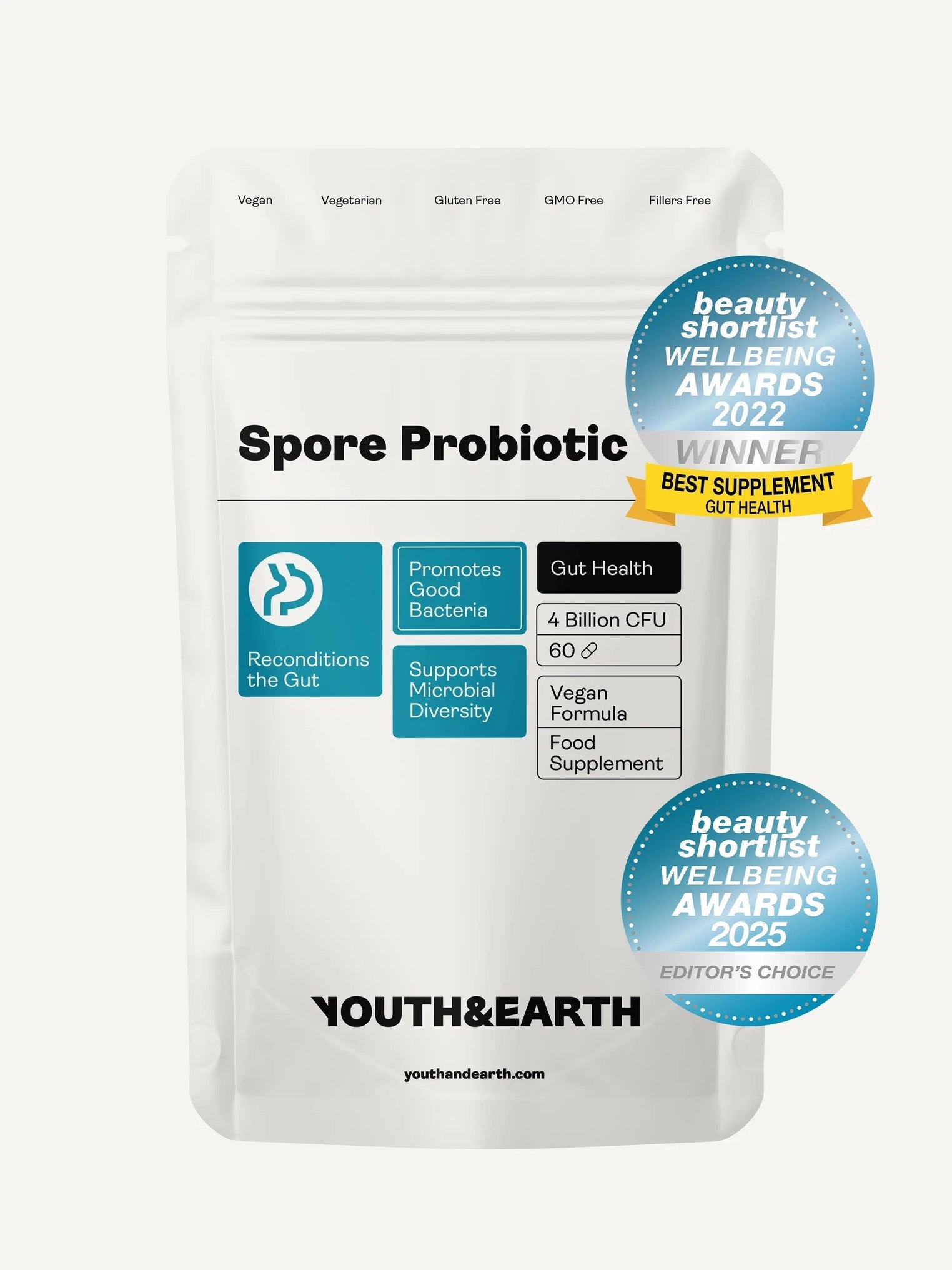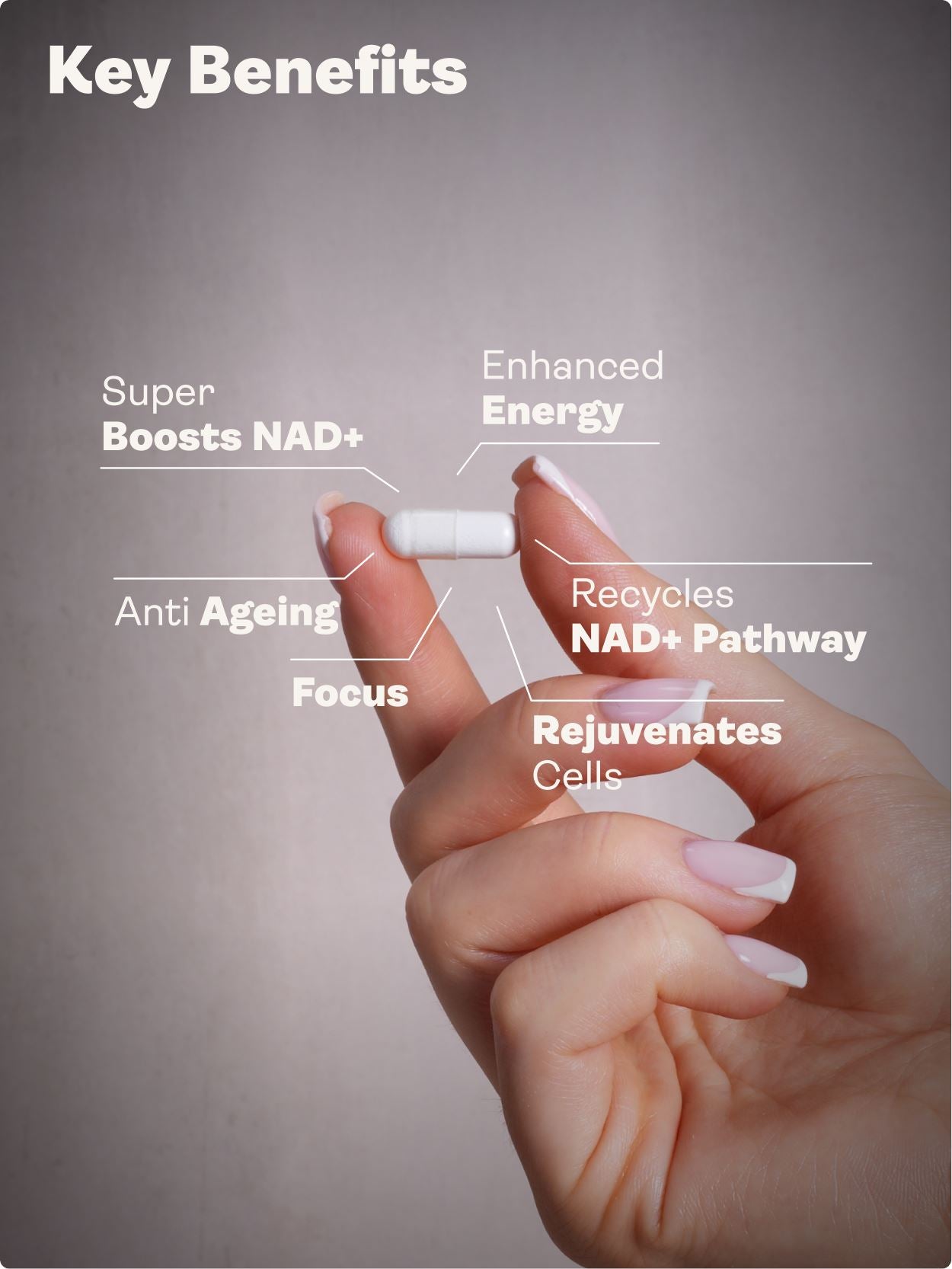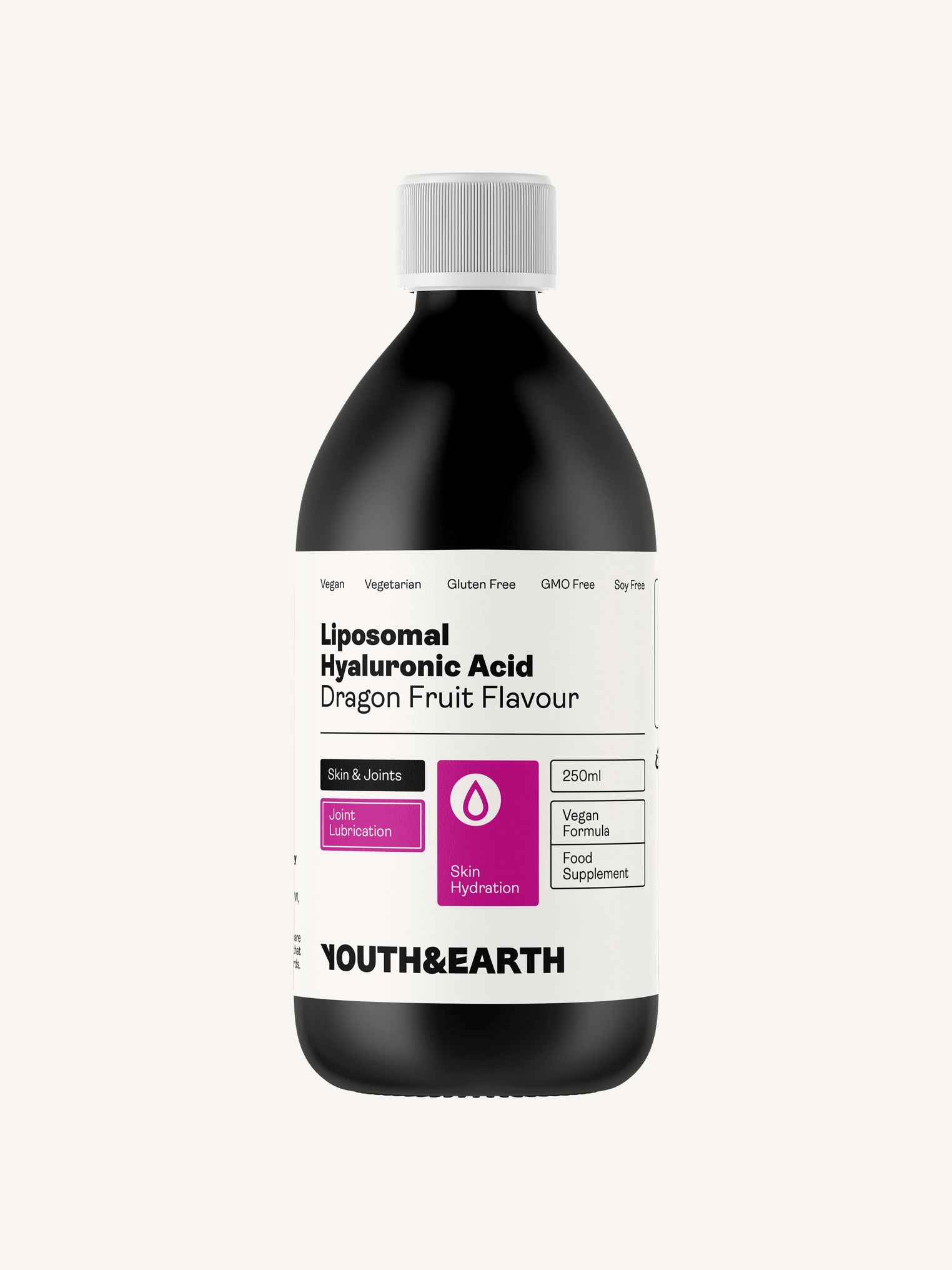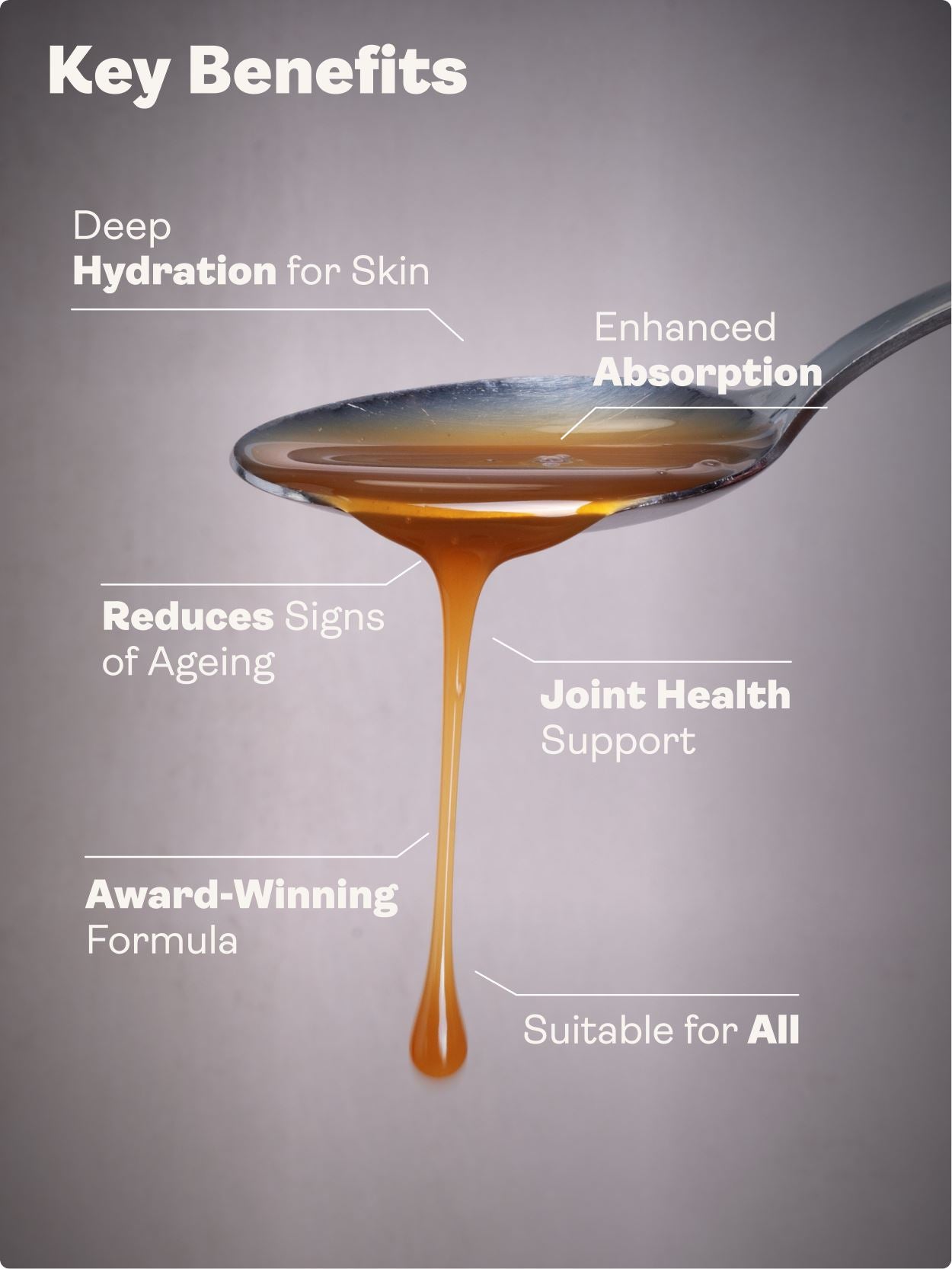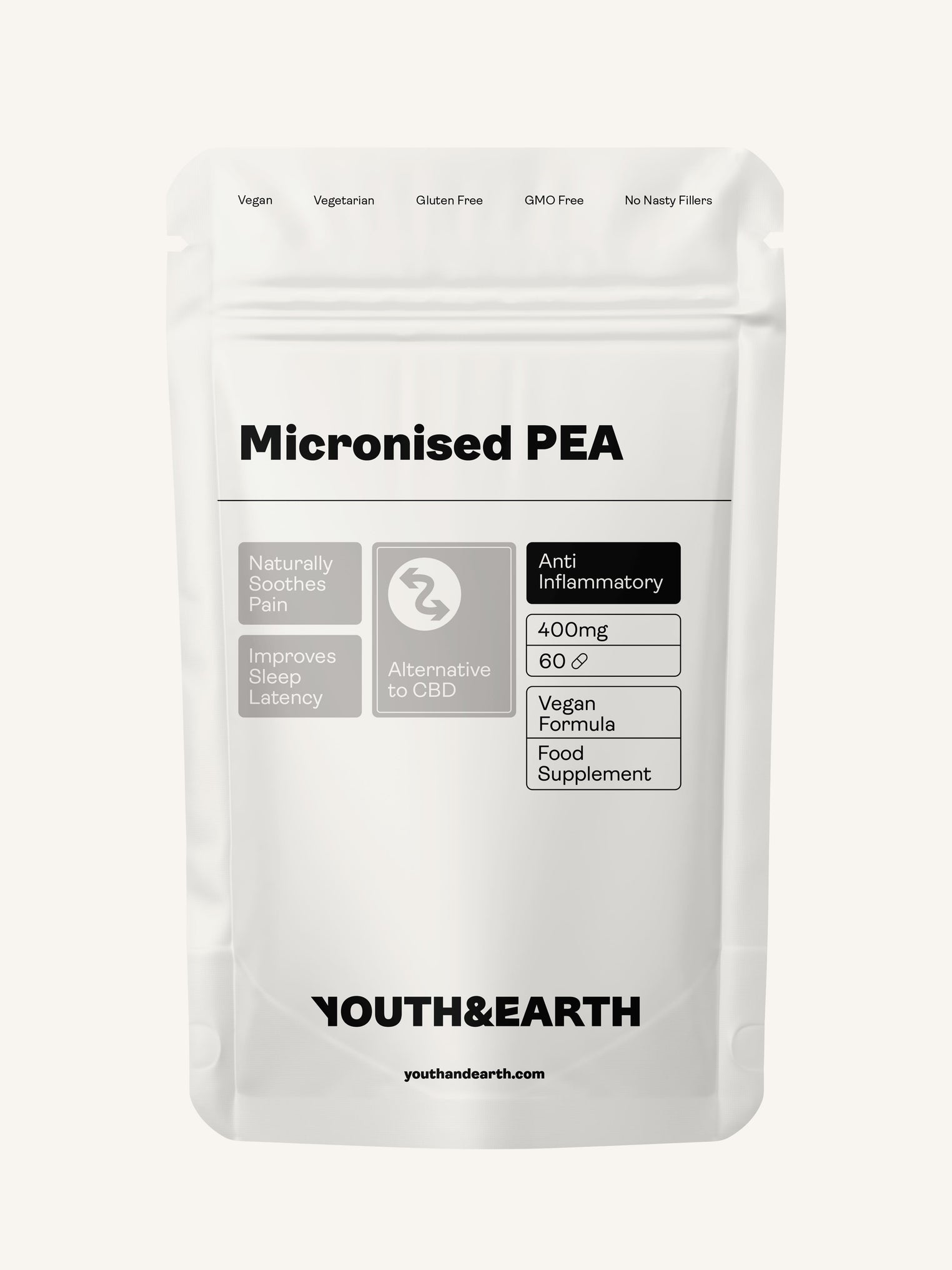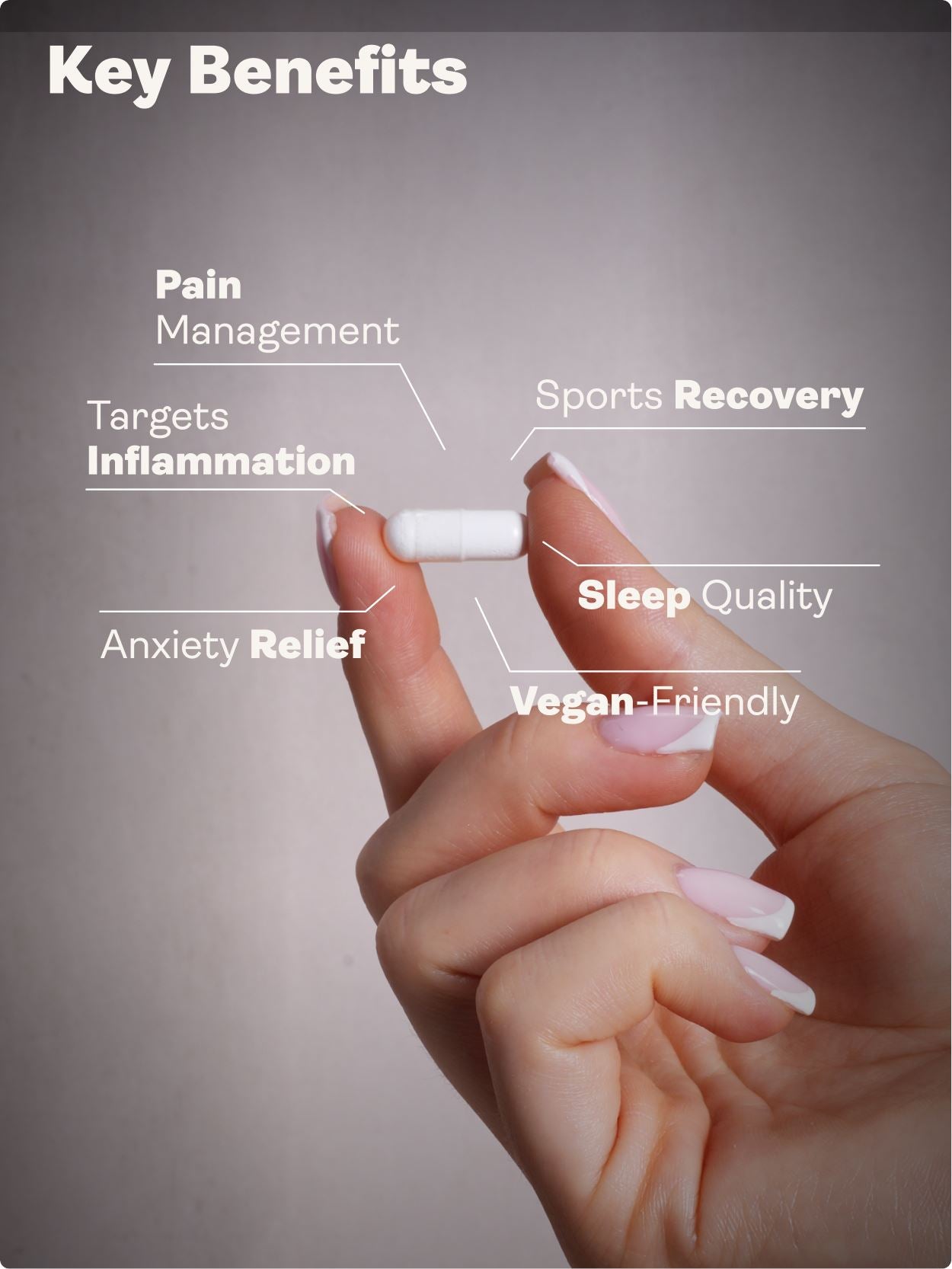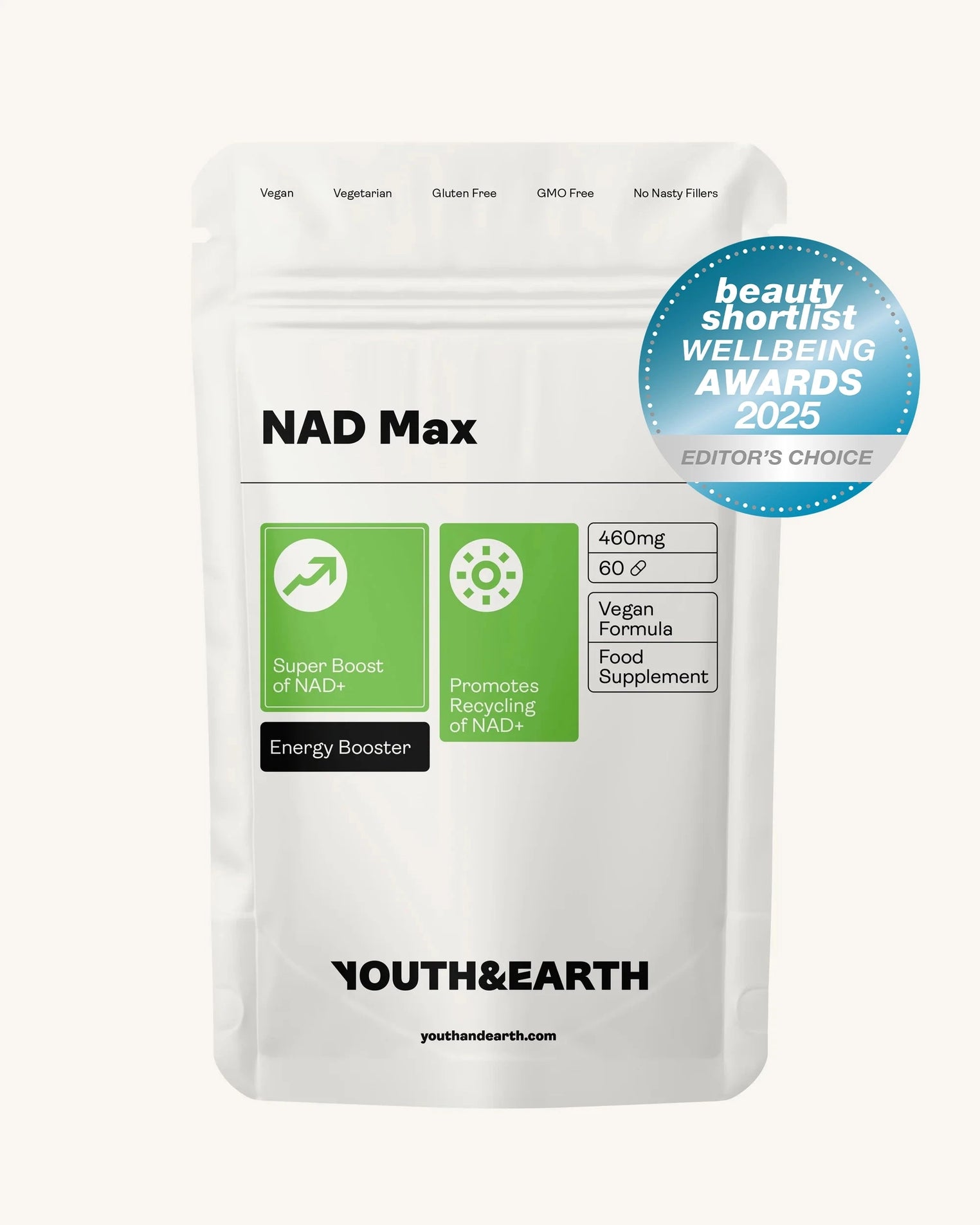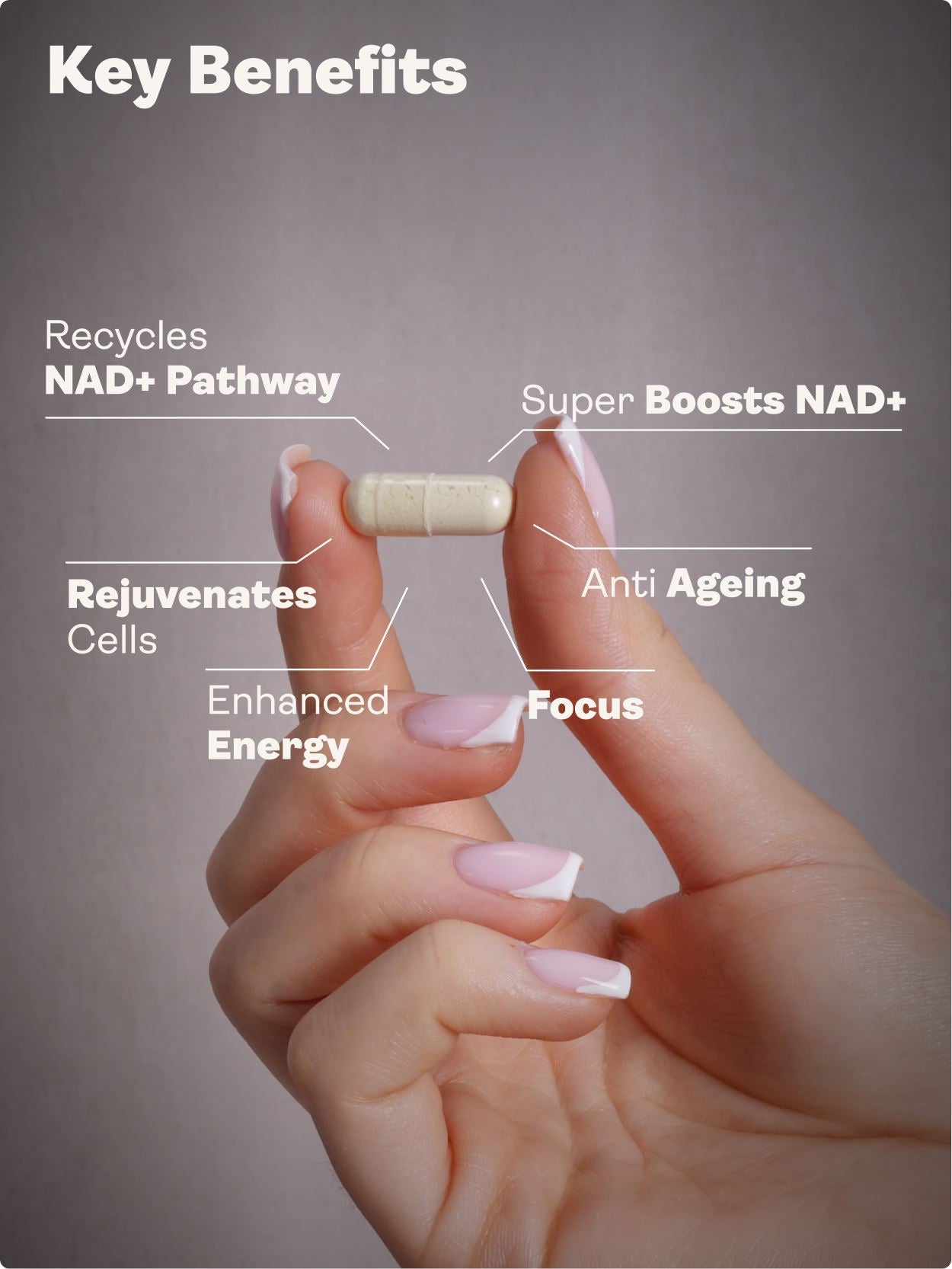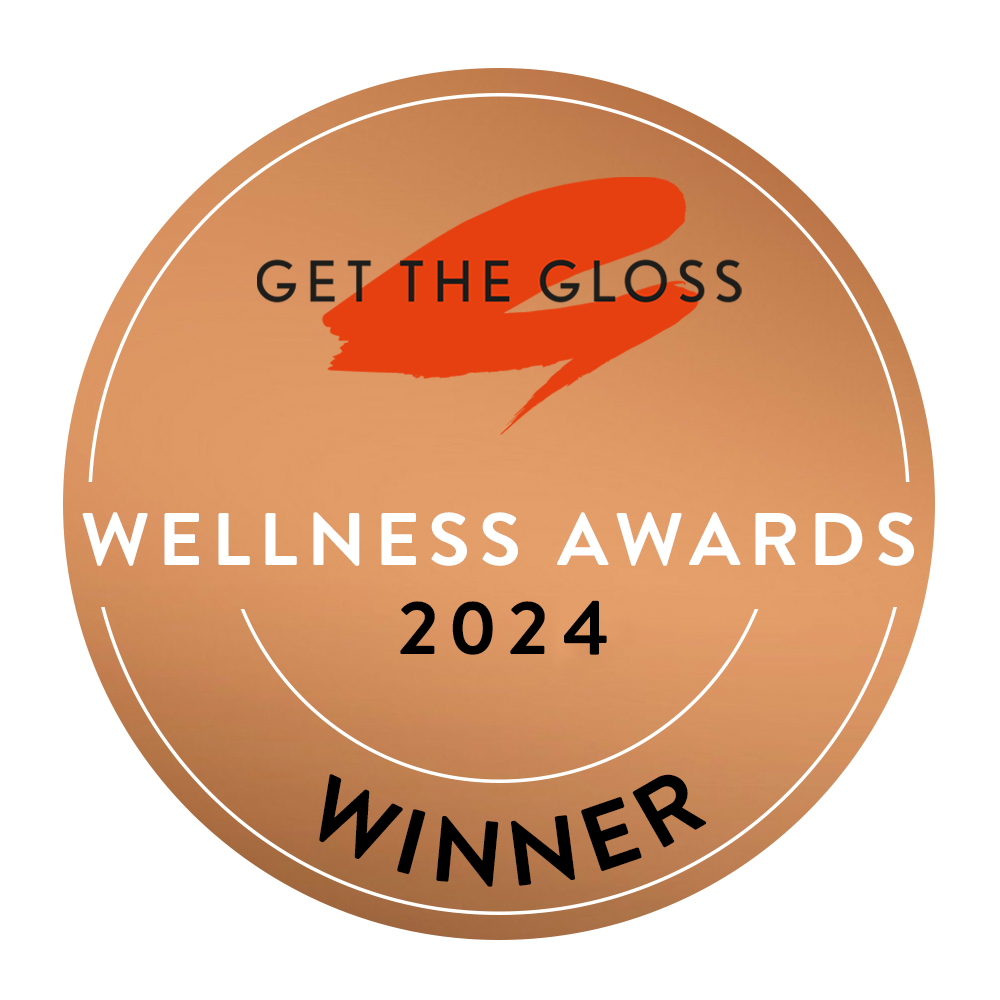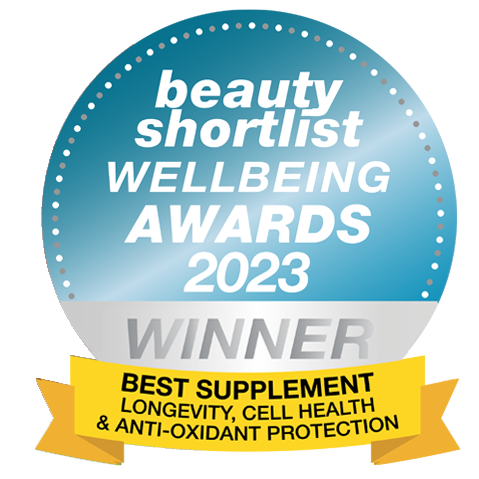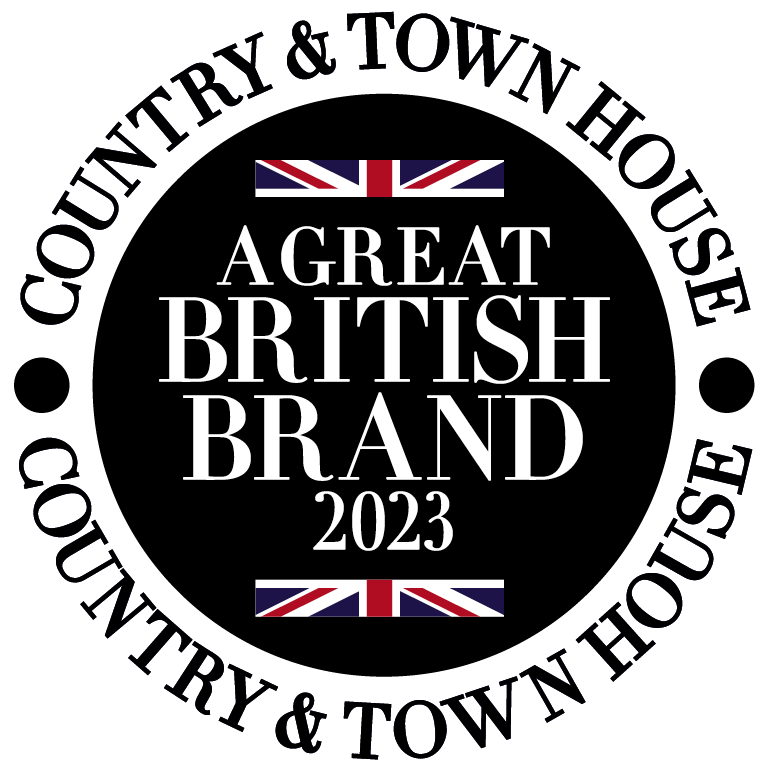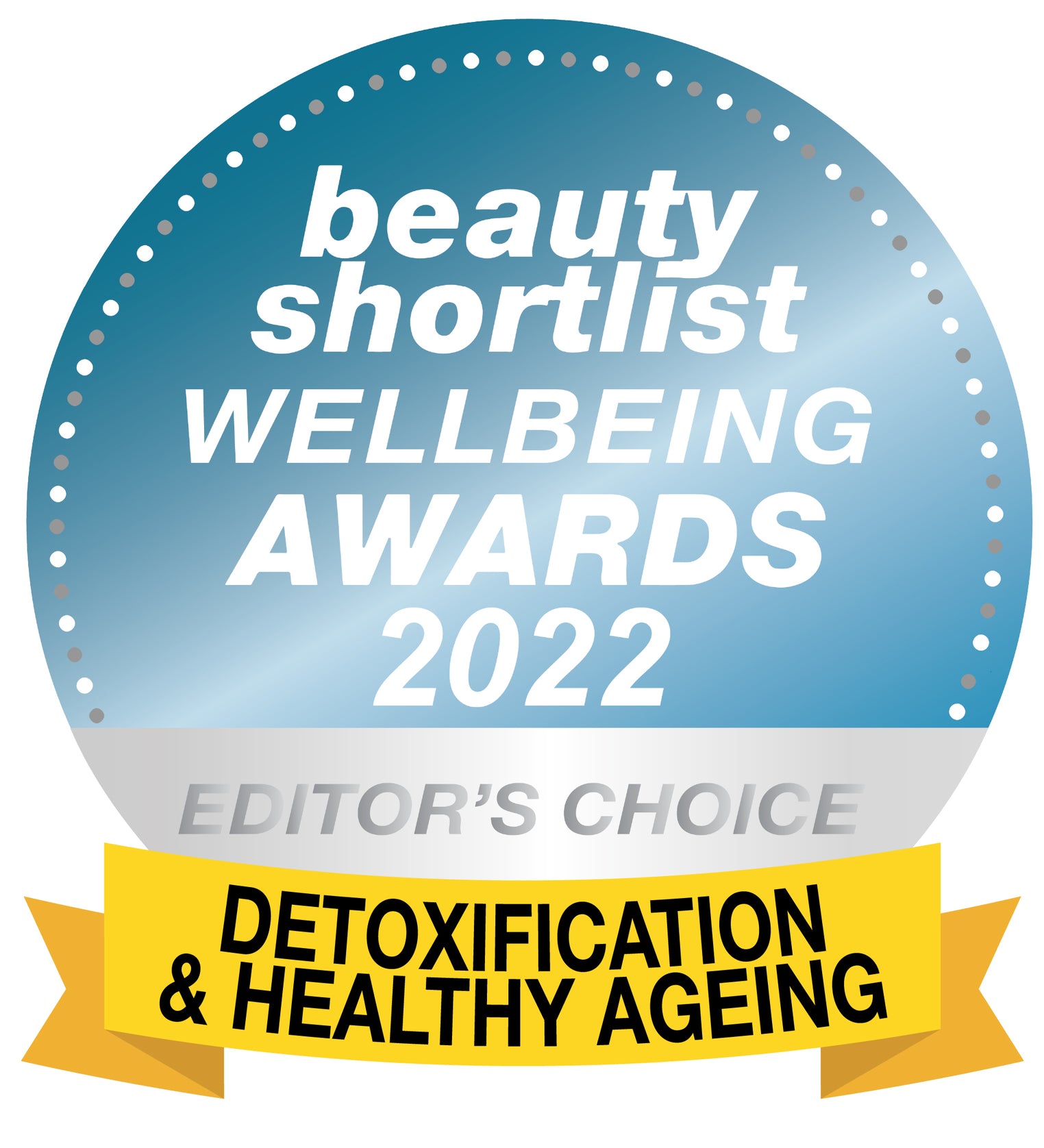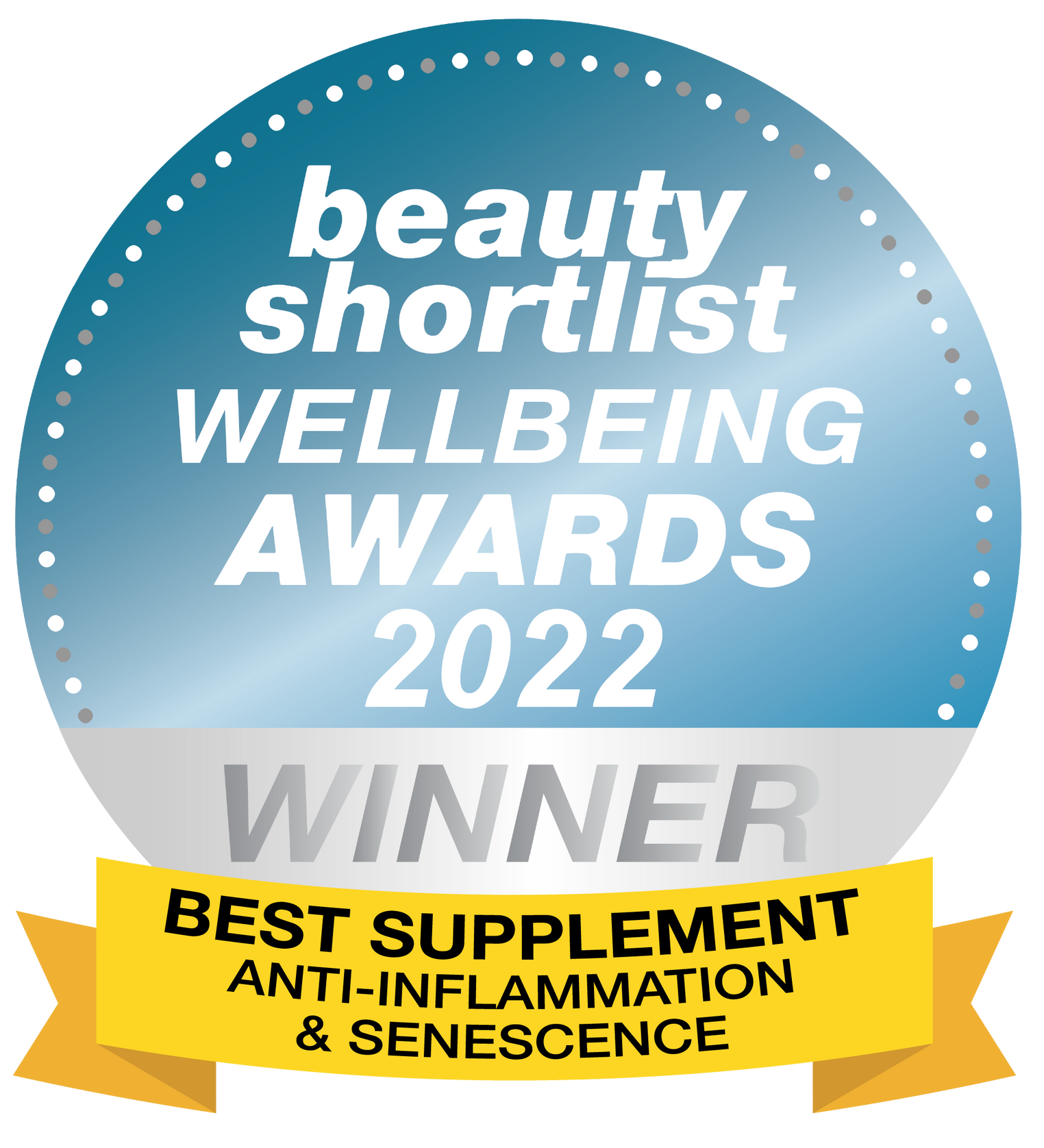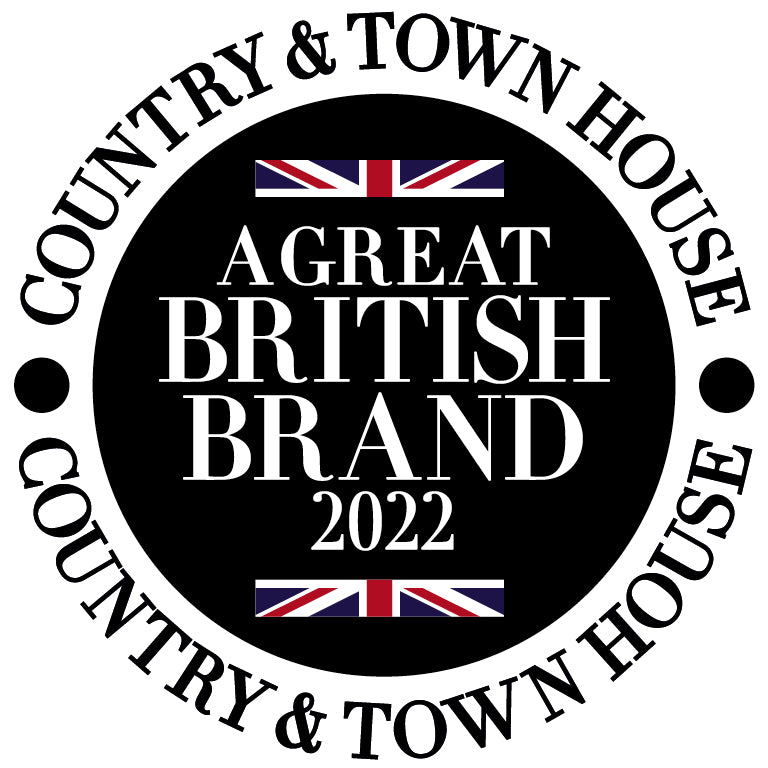Science-Backed Strategies for Longevity
Can you slow aging through biohacking? Could science-backed strategies help you live longer and healthier? Advances in longevity research, particularly epigenetic clocks like the Horvath Clock and alternative clocks using blood biomarkers, reveal that your biological age—how old your body truly is—matters more than your chronological age. By targeting cellular processes like epigenetics, senescence, and mitochondrial function, biohacking offers practical ways to extend healthspan, the years lived free from disease. This guide explores actionable anti-aging strategies, including epigenetic clocks and supplements, grounded in cutting-edge 2025 research.
TL;DR: Key Takeaways for Longevity
-
Biological Age vs. Chronological Age: Biological age, measured by epigenetic clocks like Horvath’s or proteomic clocks, reflects aging speed.
-
Biohacking Strategies: NAD+ precursors, senolytics, resveratrol, and intermittent fasting reduce epigenetic age.
-
Healthspan Focus: Exercise, nutrition, and stress management promote healthier longevity.
-
Science Snapshot: Harvard, Stanford, and 2025 studies validate anti-aging interventions like telomere extension.
-
Actionable Tip: Test your biological age with the Horvath Clock or add resveratrol-rich foods (grapes, red wine).
Table of Contents |
What Is Biological Age and Why Does It Matter?
Chronological age tracks the years you’ve lived, but biological age measures your body’s functional state based on cellular damage. Unlike chronological age, biohacking can lower biological age through lifestyle, diet, and supplements. Key markers include:
-
Telomeres: Protective DNA caps that shorten with cell division, accelerating aging.
-
Epigenome: Chemical tags controlling DNA expression, altered by stress or nutrition.
-
Mitochondrial Function: Energy production declines with age, impacting cell health.
A 40-year-old smoker may have a biological age of 50, while their active, non-smoking twin could test at 35. Reducing biological age lowers risks of diseases like heart disease and Alzheimer’s, extending healthspan. Harvard’s David Sinclair highlights biological age’s malleability via NAD+ supplementation (Nature, 2023). In 2025, studies show combo supplements like the Cel System reduce biological age, improving strength and waist size (Journal of Gerontology). Vitamin D preserves telomeres, slowing aging (Nutrients, 2024).
Biohacking Tip: Use at-home epigenetic tests (e.g., TruAge) to monitor biological age annually.
What Are Epigenetic Clocks and How Do They Measure Aging?
Epigenetic clocks measure biological age by analyzing DNA methylation patterns—chemical tags on DNA that change with age. These clocks, pioneered by Steve Horvath, predict healthspan and mortality risk. Below is a comparison of key clocks.
Comparison Table: Major Epigenetic Clocks
|
Clock Name |
Year Introduced |
Key Features |
How It Differs |
Based on Studies |
|---|---|---|---|---|
|
Horvath Clock |
2013 |
Analyzes 353 CpG sites across multiple tissues; median error of 3.6 years; works on mammals. |
Pan-tissue focus; best for broad age estimation and forensics; less health-specific. |
Horvath, Genome Biology, 2013; validated in 2025 meta-analyses (Clinical Epigenetics). |
|
Hannum Clock |
2013 |
Uses 71 CpG sites in blood; median error of 4.9 years; blood-specific. |
Chronological age emphasis; sensitive to blood aging but less versatile than Horvath’s. |
Hannum et al., Molecular Cell, 2013; compared in 2024 reviews (Aging Cell). |
|
PhenoAge |
2018 |
Incorporates 513 CpG sites and 9 clinical biomarkers (e.g., glucose); predicts disease risk. |
Targets biological age and healthspan; 9% mortality risk increase per year acceleration. |
Levine et al., Aging, 2018; 2025 studies link to fasting (Frontiers in Aging). |
|
GrimAge |
2019 |
Combines 1,030 CpG sites with plasma proteins and smoking data; predicts mortality. |
Strongest for disease onset (e.g., cancer); outperforms others in mortality forecasting. |
Lu et al., Aging, 2019; 2025 research shows links to PTSD (Nature Medicine). |
|
DunedinPACE |
2021 |
Measures aging pace with 405 CpG sites; acts as a “speedometer” in blood. |
Focuses on rate of decline; 2–3% slower aging with calorie restriction. |
Belsky et al., eLife, 2020; 2025 trials validate with NAD+ (Journal of Gerontology). |
These clocks differ in scope: Horvath and Hannum prioritize chronological accuracy, while PhenoAge, GrimAge, and DunedinPACE emphasize health and aging dynamics. A 2025 meta-analysis confirms GrimAge’s superiority for mortality but Horvath’s for multi-tissue use (Clinical Epigenetics).
Biohacking Tip: Choose GrimAge for mortality risk or Horvath’s for multi-tissue testing, available via labs like EpiAging.
What Are Alternative Biological Aging Clocks Beyond Epigenetics?
While epigenetic clocks rely on DNA methylation (CpG sites), alternative clocks use blood biomarkers, proteomics, metabolomics, and transcriptomics to estimate biological age. These non-epigenetic models focus on functional health markers and complement epigenetic clocks.
Comparison Table: Alternative Biological Aging Clocks
|
Clock Name |
Year Introduced |
Basis |
Key Features |
How It Differs |
Based on Studies |
|---|---|---|---|---|---|
|
Phenotypic Age |
2013 |
Blood biomarkers (e.g., 9 clinical measures: glucose, CRP, albumin) |
Predicts mortality and morbidity; uses routine lab tests. |
Focuses on physiological dysregulation; simpler, non-molecular. |
Levine, Aging, 2013; 2025 meta-analyses link to disease risk (Journal of Gerontology). |
|
Metabolic Age Score |
2016 |
Metabolomics (NMR spectroscopy on blood metabolites) |
Tracks metabolic changes; predicts all-cause mortality. |
Emphasizes end-products of metabolism; sensitive to diet/lifestyle. |
Hertel et al., Journal of Proteome Research, 2016; validated in 2024 reviews (Cell Metabolism). |
|
Transcriptomic Clock |
2015 |
Transcriptomics (gene expression in blood) |
Measures RNA changes; correlates with immune function. |
Captures dynamic gene activity; less stable than proteomics. |
Peters et al., Nature Communications, 2015; 2025 studies integrate with multi-omics (Aging Cell). |
|
Proteomic Clock (e.g., SomaScan) |
2018 |
Proteomics (blood plasma proteins, ~200 markers) |
Predicts chronological age (94% accuracy); links to chronic diseases. |
Focuses on protein levels; interpretable for inflammation pathways. |
Tanaka et al., Aging Cell, 2018; Argenieri et al., Nature Medicine, 2024 (UK Biobank). |
|
GlycanAge |
2014 |
Glycomics (IgG glycosylation from blood) |
Assesses immune aging; predicts healthspan. |
Targets sugar modifications on proteins; influenced by inflammation. |
Krištić et al., Journals of Gerontology Series A, 2014; 2025 studies show mortality links (Aging). |
These alternatives avoid CpG sites, using accessible blood data. Proteomic and metabolomic clocks excel in disease-specific predictions, per 2025 reviews (Cell Metabolism). Multi-omics integration is emerging for robust clocks (Aging-US, 2022).
Biohacking Tip: Use a proteomic clock like SomaScan for inflammation insights or Metabolic Age Score to track diet impacts.
How Can Biohacking Extend Healthspan?
Healthspan relies on genetics, environment, and lifestyle. Biohacking optimizes cellular processes to extend it. Proven strategies include:
-
Exercise: Aerobic and resistance training boost NAD+, vital for cell repair, which drops 50% by age 50.
-
Nutrition: Diets with glutathione (spinach, avocados) and sulforaphane (broccoli) protect cells.
-
Intermittent Fasting: The 16:8 method redirects energy to cell maintenance. A 2024 Frontiers in Aging study confirmed fasting’s healthspan benefits in humans.
Supplements for Reducing Epigenetic Age
Certain supplements influence epigenetic markers like DNA methylation, slowing biological aging as measured by clocks like GrimAge or DunedinPACE. Below is a comparison of the most favorable supplements based on 2025 research, focusing on their impact on epigenetic age.
Comparison Table: Top Supplements for Reducing Epigenetic Age
|
Supplement |
Sources |
Epigenetic Benefits |
Evidence |
Favorable Factors |
|---|---|---|---|---|
|
NAD+ Precursors (e.g., NMN, Nicotinamide Riboside) |
Salmon, broccoli; supplements |
Boosts NAD+ to activate sirtuins, reducing methylation; slows epigenetic aging. |
NMN reduced epigenetic age in human trials (Cell Metabolism, 2018; Aging Cell, 2025). |
High efficacy; improves cognition, heart health; widely studied. |
|
Resveratrol |
Grapes, red wine, peanuts |
Enhances sirtuin activity; reduces methylation patterns linked to aging. |
Mouse studies show 20% lifespan extension; human trials confirm epigenetic benefits (Nature, 2023; Journal of Gerontology, 2025). |
Natural, accessible; synergistic with NAD+. |
|
Alpha-Ketoglutarate (AKG) |
Supplements; trace amounts in fermented foods |
Regulates epigenetic enzymes; slows DunedinPACE aging rate. |
Human trials show 2–3% epigenetic age reduction in 8 months (Aging, 2024). |
Promising for muscle health; few side effects. |
|
Vitamin D |
Fatty fish, fortified dairy; supplements |
Preserves telomeres; reduces methylation in immune genes. |
Linked to slower Horvath Clock aging (Nutrients, 2024). |
Cost-effective; widely available; supports immunity. |
|
Curcumin |
Turmeric, curry dishes |
Inhibits methylation enzymes; reduces inflammation-related epigenetic changes. |
Human studies show epigenetic benefits in men (Epigenetics Journal, 2025). |
Anti-inflammatory; natural; less potent than NMN. |
Most Favorable Supplements: NAD+ precursors (e.g., NMN) and resveratrol stand out due to extensive human trial data, synergy with sirtuins, and direct impact on methylation (Nature, 2023). NMN is particularly effective, reducing epigenetic age by 3–5 years in trials (Aging Cell, 2025). Resveratrol (250–500 mg daily) enhances these effects and is accessible via diet. AKG is emerging as a strong contender for its role in muscle health and epigenetic regulation (Aging, 2024). Vitamin D and curcumin are cost-effective but less potent, per 2025 reviews (Journal of Gerontology).
Biohacking Tip: Combine NMN (500 mg daily) with resveratrol-rich foods (grapes, red wine) for optimal epigenetic benefits, but consult a doctor first.
What Are Senolytics and How Do They Fight Aging?
Cellular senescence—when cells stop dividing but linger—drives aging by releasing toxic chemicals. Senolytics clear these “zombie” cells. Below is a comparison of key senolytics.
Comparison Table: Common Senolytics
|
Senolytic |
Sources |
Benefits |
Evidence |
Potential Drawbacks |
|---|---|---|---|---|
|
Quercetin |
Onions, apples, kale |
Clears senescent cells; reduces inflammation. |
Extends mouse lifespan by 10%; human trials show joint pain relief (Aging, 2023). |
Mild digestive issues; interact with medications. |
|
Dasatinib |
Prescription cancer drug |
Targets zombie cells; improves mobility. |
Combined with quercetin, enhances cognition in 2025 pilots (Journal of Alzheimer’s Disease). |
Side effects like fatigue; not over-the-counter. |
|
Fisetin |
Strawberries, apples |
Prolongs lifespan; anti-inflammatory. |
Mouse studies show 10% lifespan extension; human trials ongoing (Nature Medicine, 2025). |
Limited human data; high doses needed. |
Stanford’s telomere extension research reduces senescence in human cells (PNAS, 2023). Quercetin (500–1000 mg daily) is a practical biohacking tool, but medical supervision is advised. A 2025 pilot study of dasatinib-quercetin (DQ) improved cognition and mobility in older adults (Journal of Alzheimer’s Disease). An Alzheimer’s trial showed subtle biomarker improvements (Neurobiology of Aging), but another yielded mixed results (Nature Medicine).
Use Case: A 65-year-old using quercetin and yoga reports less joint pain after three months.
How Do Epigenetics and Lifestyle Shape Longevity?
Epigenetics governs gene expression via methylation. Aging accelerates as methylation disrupts cell function. Lifestyle shapes epigenetics:
-
Smoking/UV Exposure: Triggers harmful methylation.
-
Intermittent Fasting: Slows methylation (Cell Reports, 2023).
-
Sirtuins: Proteins regulating epigenetics, activated by NAD+.
David Sinclair’s Harvard research shows NAD+ reverses epigenetic aging in mice (Nature, 2023). Okinawa’s low-calorie diets may mimic these effects. In 2025, gene editing and stem cells show promise for epigenetic reprogramming (Nature Biotechnology). Green tea, turmeric, and berries reduce methylation in men (Epigenetics Journal).
Terminology Callout: Epigenetic Clock—A DNA methylation-based measure of biological age.
Why Are People Living Longer Today?
Global life expectancy doubled from 40 in 1800 to 73.5 in 2025 (WHO). Top countries include Monaco (86.5) and Hong Kong (85.6) (UN, 2025). Drivers include:
-
Medical Advances: Vaccines and antibiotics curbed infectious diseases.
-
Public Health: Improved sanitation boosted survival.
-
Lifestyle Shifts: Less smoking and better nutrition extend healthspan.
Non-communicable diseases (e.g., Alzheimer’s) dominate mortality. Biohacking with Coenzyme Q10 (fish, nuts) targets these (Journal of Nutrition, 2024). UK men in 2017–2019 lived to 80 but only 63 years disability-free (The Lancet).
Comparison Table: Life Expectancy Trends (1800 vs. 2025)
|
Era |
Global Average |
Key Factors |
Challenges |
|---|---|---|---|
|
1800 |
~40 years |
High child mortality; infectious diseases. |
Poverty, no vaccines. |
|
2025 |
73.5 years |
Medical advances; better nutrition. |
Non-communicable diseases; healthspan gaps. |
What Role Do Mitochondria Play in Anti-Aging?
Mitochondria produce energy but decline with age, reducing NAD+ and increasing oxidative stress. Mitochondrial biogenesis—the process of creating new mitochondria—is key to maintaining function and combating aging. This involves several pathways triggered by energy demands (e.g., low ATP, high AMP/ATP ratio) or signals like Ca2+ concentration.
Key Mitochondrial Biogenesis Pathways
-
PGC-1α/NRF-1/2-TFAM: The master regulator; PGC-1α (Peroxisome proliferator-activated receptor gamma coactivator 1-alpha) activates NRF-1 and NRF-2 (Nuclear respiratory factors), which drive TFAM (Mitochondrial transcription factor A) to replicate mitochondrial DNA. This pathway responds to exercise and calorie restriction (PMC, 2023).
-
AMPK (AMP-activated protein kinase): Senses low energy (high AMP/ATP), activating PGC-1α and NRF-1 to boost biogenesis. AMPK also enhances autophagy (cell cleanup) (Nature, 2024).
-
SIRT1 (Sirtuin 1): NAD+-dependent enzyme that deacetylates PGC-1α, amplifying biogenesis. It links to longevity pathways like sirtuins (Frontiers in Genetics, 2019).
-
NRF2: Antioxidant pathway that protects mitochondria and stimulates biogenesis via H2O2 signaling (Frontiers in Genetics, 2019).
These pathways are interconnected; for example, AMPK activates SIRT1, and both converge on PGC-1α. Exercise, fasting, and cold exposure naturally activate them, per 2025 reviews (Nature, 2024).
Supplements Supporting Mitochondrial Biogenesis Pathways
Supplements can mimic these signals to promote biogenesis. Below is a comparison based on 2025 research.
Comparison Table: Supplements for Mitochondrial Biogenesis
|
Supplement |
Pathways Targeted |
Sources |
Benefits |
Evidence |
|---|---|---|---|---|
|
Resveratrol |
SIRT1-PGC-1α |
Grapes, red wine, supplements |
Enhances biogenesis; improves insulin signaling. |
Activates SIRT1 in human trials; boosts mitochondrial number (Nature, 2023; PMC, 2023). |
|
Berberine |
AMPK-SIRT1-PGC-1α |
Goldenseal, barberry; supplements |
Regulates energy balance; reduces inflammation. |
Promotes biogenesis in obesity models; human studies show metabolic benefits (Frontiers in Pharmacology, 2023). |
|
EGCG (Epigallocatechin-3-gallate) |
AMPK-SIRT1-PGC-1α |
Green tea; supplements |
Antioxidant; stimulates biogenesis. |
Enhances mitochondrial function in animal studies (Frontiers in Pharmacology, 2023). |
|
Quercetin |
AMPK-NRF2-PGC-1α |
Onions, apples; supplements |
Protects mitochondria; activates antioxidant response. |
Improves biogenesis via AMPK; human trials link to reduced oxidative stress (IJMS, 2025). |
|
Methylene Blue |
NRF2 via H2O2 |
Supplements |
Stimulates biogenesis; neuroprotective. |
Activates NRF2 in models; potential for brain health (Frontiers in Genetics, 2019). |
Most Favorable Supplements: Resveratrol and berberine are highly regarded for their robust activation of multiple pathways (AMPK, SIRT1, PGC-1α) and evidence from human trials (Nature, 2024). Resveratrol (250–500 mg daily) synergizes with NAD+ boosters. Berberine (500 mg, 2–3x daily) is natural and cost-effective for metabolic support. EGCG and quercetin offer antioxidant synergies, while methylene blue is emerging for neurological benefits (Frontiers in Genetics, 2019).
Biohacking Tip: Combine resveratrol supplements with exercise to amplify PGC-1α activation, but consult a doctor for dosing.
Science Snapshot: Anti-Aging Breakthroughs
Recent research highlights biohacking’s potential:
-
NAD+ Boosting: NMN improved cognition in older adults (Cell Metabolism, 2018).
-
Senolytics: Quercetin and dasatinib extended mouse lifespans by 20% (Nature, 2023).
-
Telomere Extension: Stanford’s human cell studies resisted senescence (PNAS, 2023).
-
Epigenetic Reprogramming: Sinclair’s team reversed aging in mouse retinas (Nature, 2023).
-
Mitochondrial Therapies: Resveratrol and berberine promoted biogenesis (Nutrients, 2025).
-
Nanomedicine: T cells targeting senescent cells show promise (Science Advances, 2025).
Conclusion: Your Longevity Checklist
Biohacking reduces biological age and extends healthspan. Start with:
-
Test biological age with Horvath or GrimAge clocks.
-
Eat NAD+-rich foods (salmon, broccoli) or try NMN (500 mg daily).
-
Practice 16:8 fasting twice weekly.
-
Include resveratrol-rich foods (grapes, red wine) or supplements.
-
Exercise 150 minutes weekly, including HIIT.
-
Add berberine or EGCG via diet for mitochondrial support.
Take control of your aging process today.
Frequently Asked Questions
What is biological age, and how is it measured?
Biological age reflects your body’s condition, measured via epigenetic clocks like Horvath’s or telomere length. At-home tests analyze DNA methylation.
How does NAD+ promote anti-aging?
NAD+ supports cell repair. NMN supplements or foods like salmon boost NAD+, slowing epigenetic aging (Nature, 2023).
What foods contain quercetin?
Quercetin, a senolytic, is in onions, apples, kale, and broccoli. Aim for 500 mg daily.
Can intermittent fasting reduce biological age?
Yes, 16:8 fasting slows epigenetic aging. Human studies confirm healthspan benefits (Frontiers in Aging, 2024).
How do epigenetic clocks differ?
Horvath’s measures chronological age across tissues; GrimAge predicts mortality; DunedinPACE tracks aging speed (Genome Biology, 2025).
What are non-epigenetic aging clocks?
Alternatives like proteomic clocks (blood proteins) or Metabolic Age Score (metabolites) predict age without CpG sites, often focusing on disease risks (Cell Metabolism, 2024).
Which supplements are best for reducing epigenetic age?
NAD+ precursors (e.g., NMN) and resveratrol are most favorable, reducing epigenetic age by 3–5 years in trials. AKG, vitamin D, and curcumin also show promise (Aging Cell, 2025).
Glossary of Terms
-
Biological Age: Your body’s functional age, measured by telomeres or epigenetics.
-
Healthspan: Disease-free years, extended via biohacking.
-
NAD+: Nicotinamide adenine dinucleotide, key for anti-aging.
-
Senolytics: Compounds like quercetin that clear senescent cells.
-
Epigenetic Clock: A DNA methylation-based measure of biological age.
-
Mitochondria: Cellular powerhouses targeted by resveratrol.
About the Author
Ed Van Harmelen is the founder of Youth & Earth and a passionate advocate for biohacking and anti-aging since 2017. He has been featured in numerous podcasts and wellness publications for his insights on longevity, biohacking, and the science behind supplements. Ed is widely regarded as a pioneer in bringing cutting-edge anti-aging tools to everyday consumers, making the benefits of advanced biohacking science both accessible and actionable. He is also the founder of optimallyme.com, a leading B2B health optimisation platform, and V14, an all-in-one longevity supplement.
Last Updated: Friday, August 01, 2025, 08:54 PM BST
Disclaimer: This content is for informational purposes only and is not a substitute for professional medical advice. Always consult your physician before starting any health regimen. Do not delay seeking medical advice based on this article or any Youth & Earth product.


